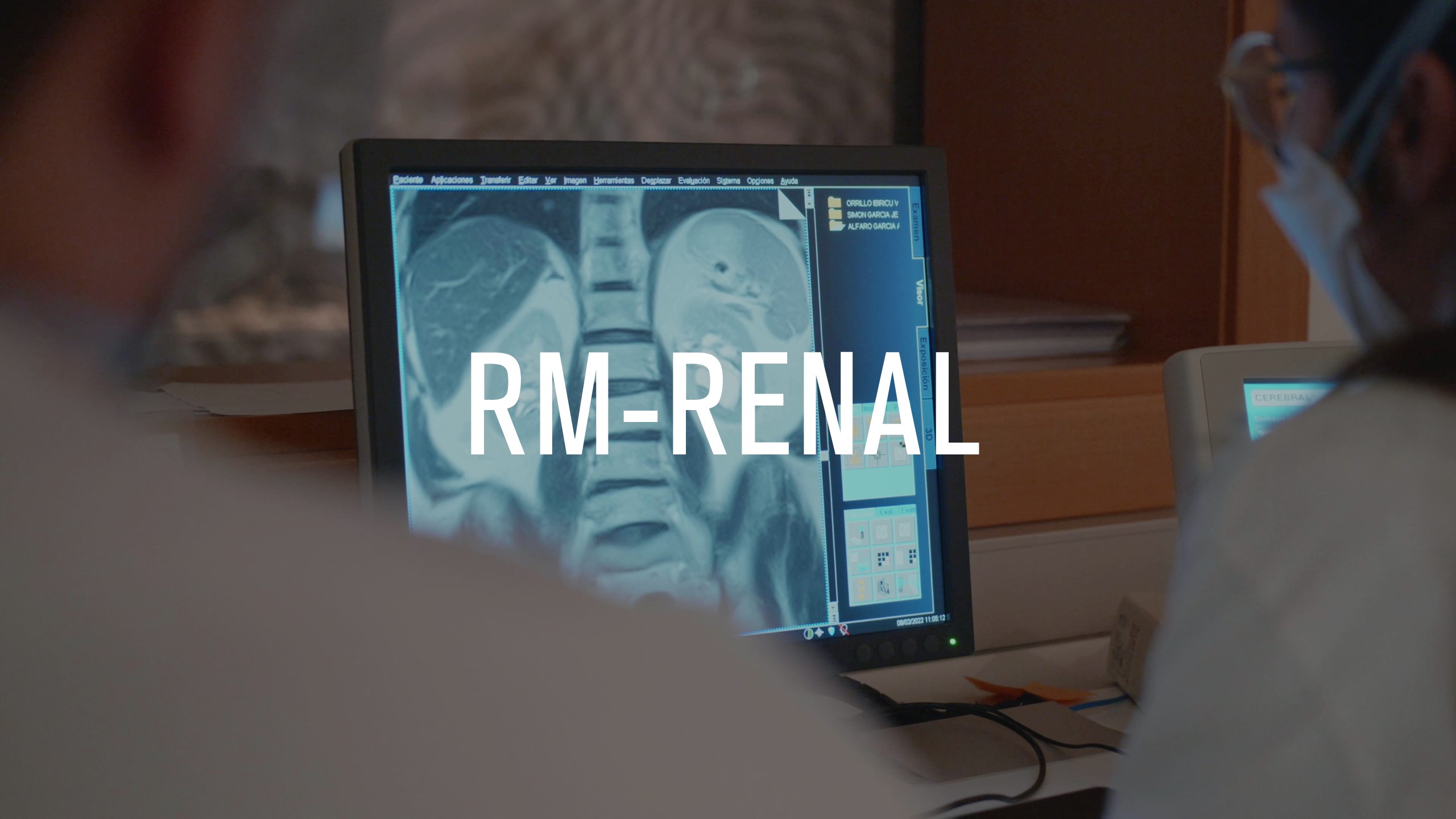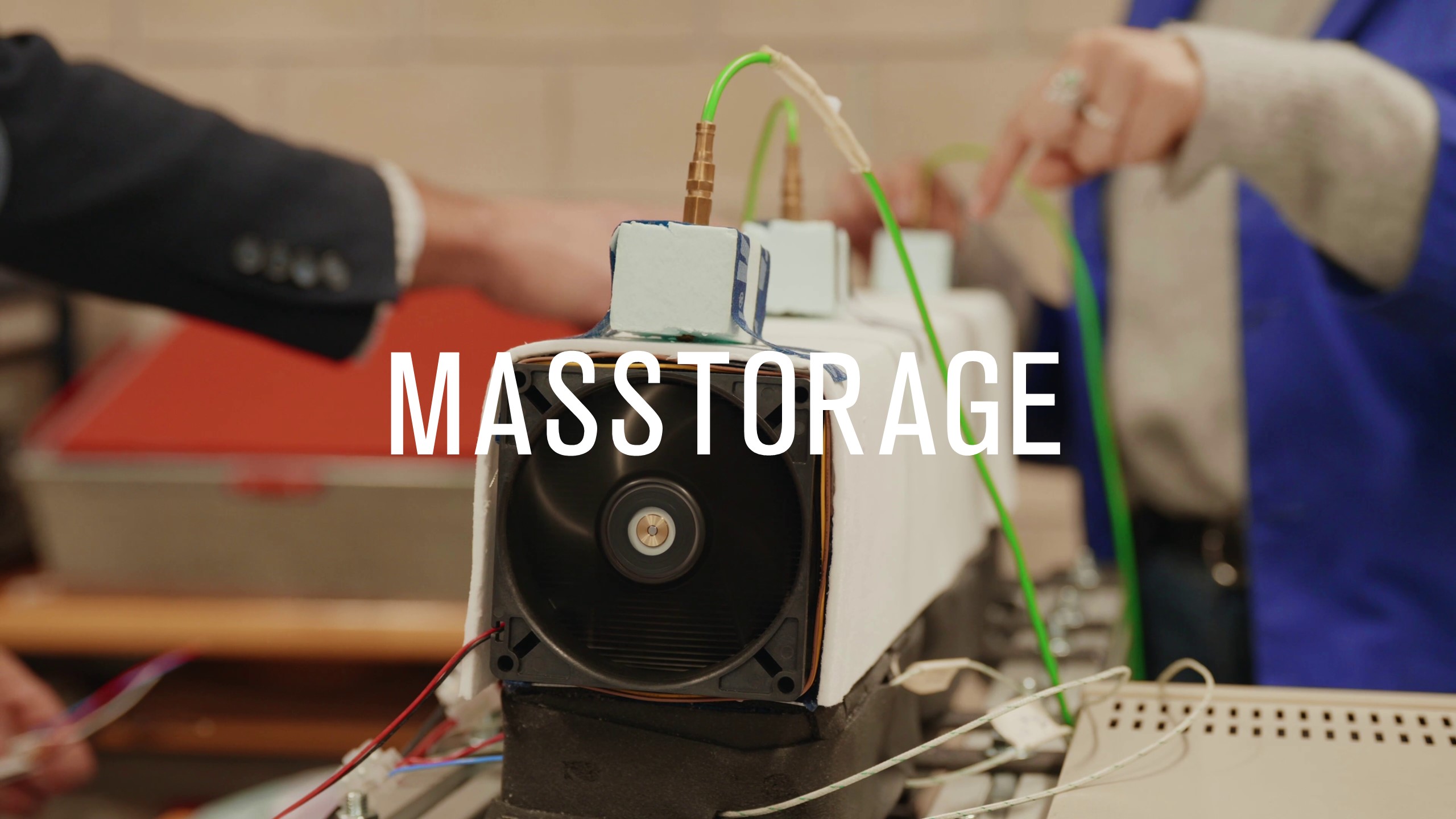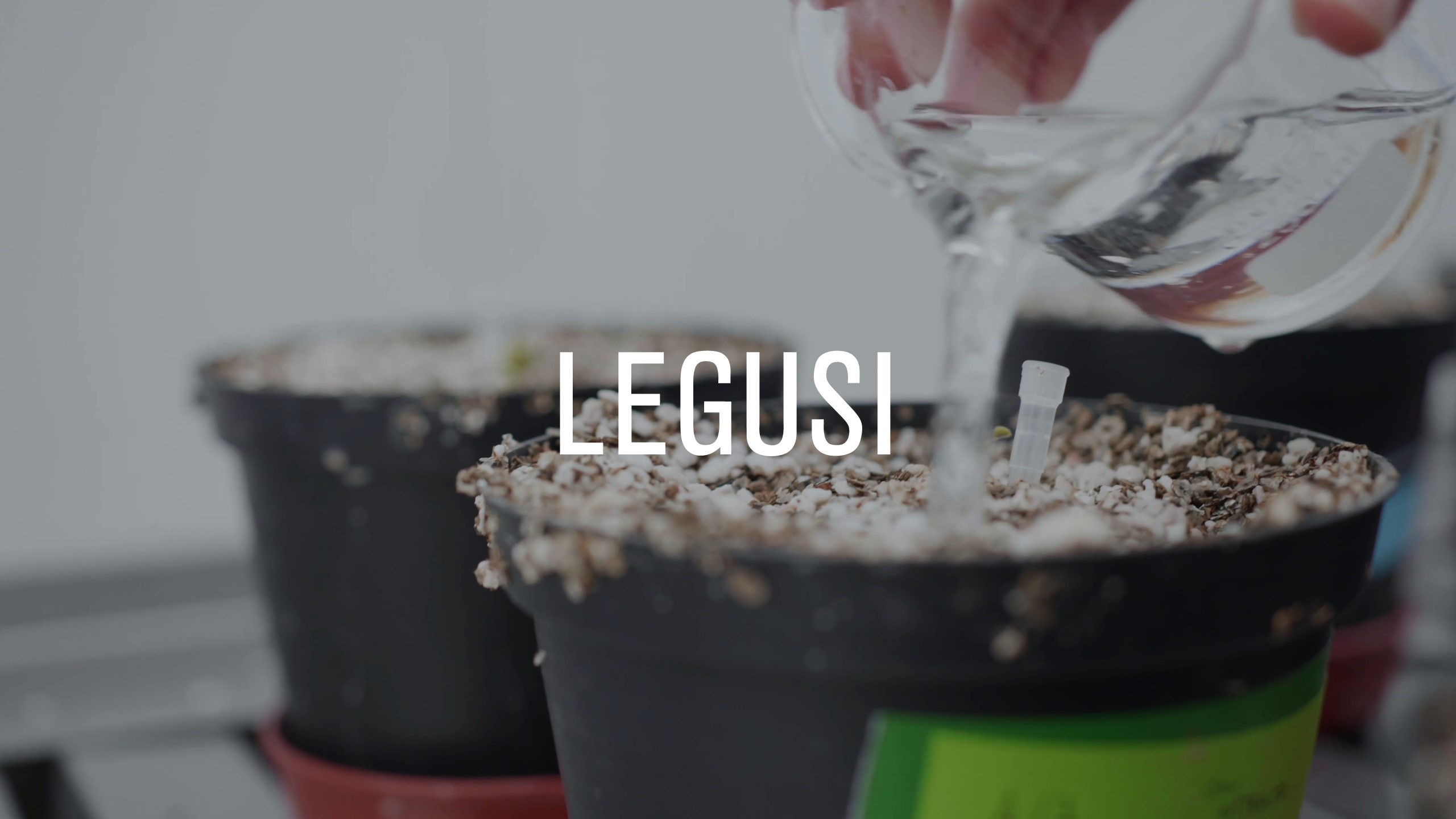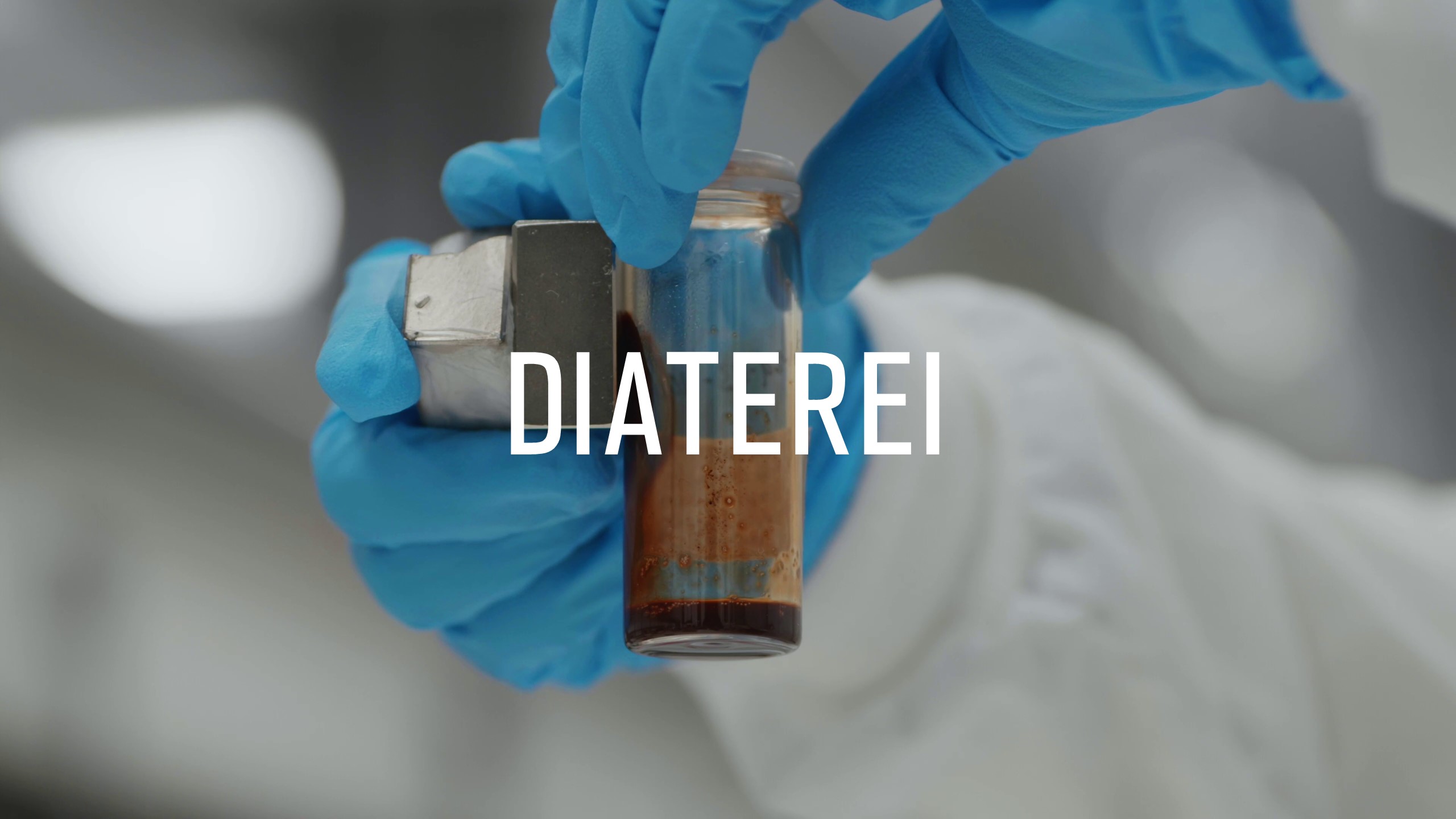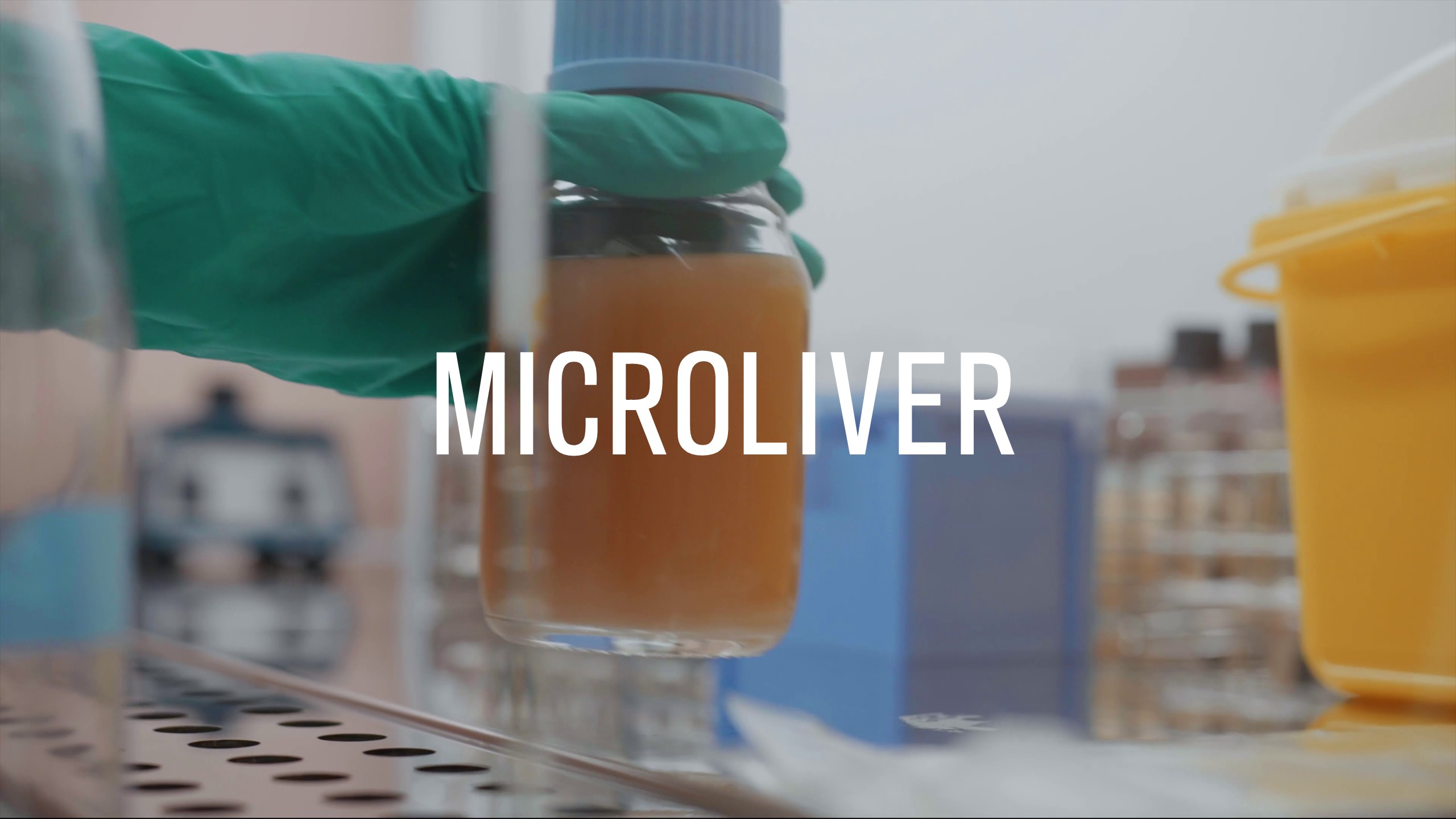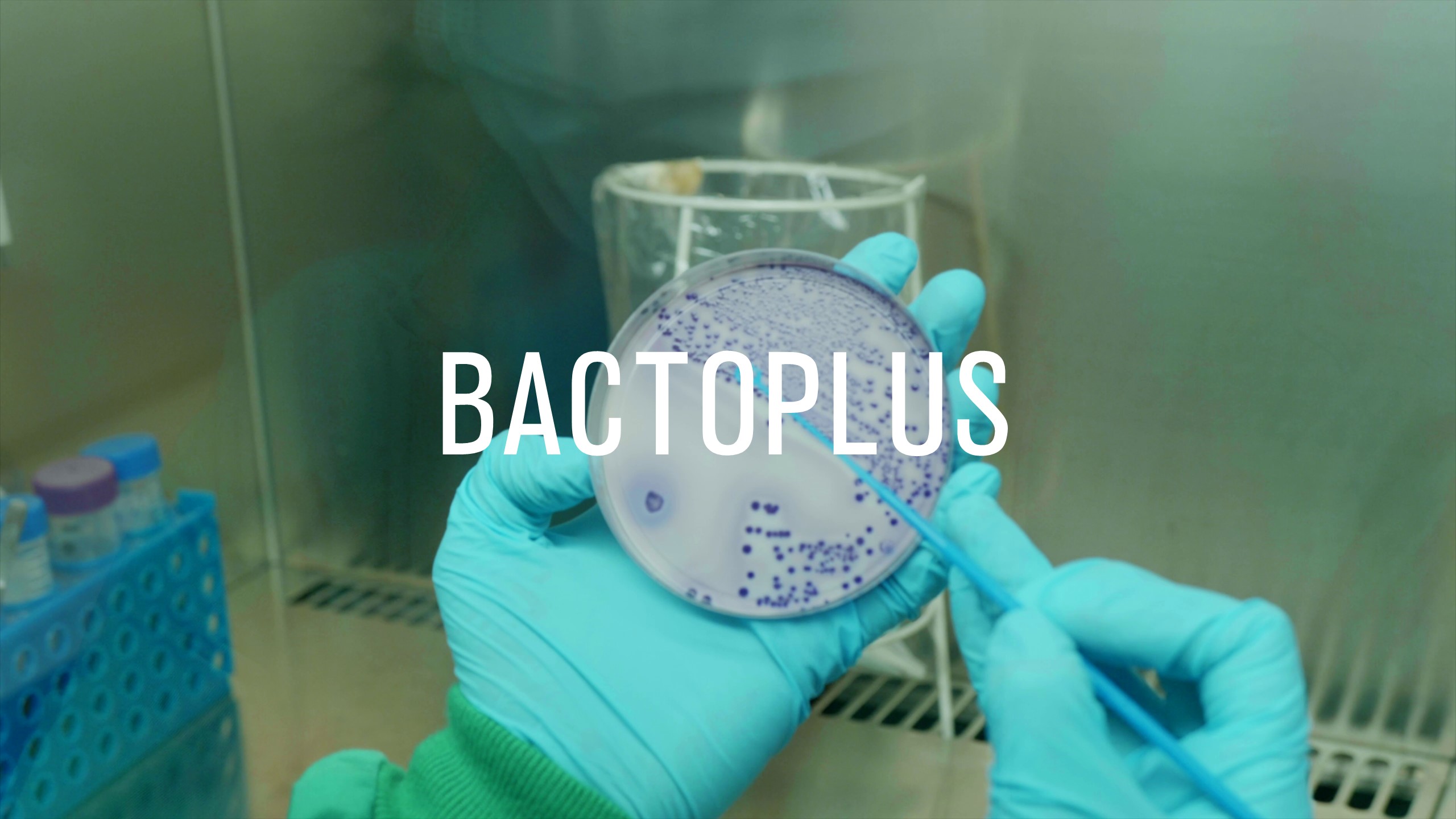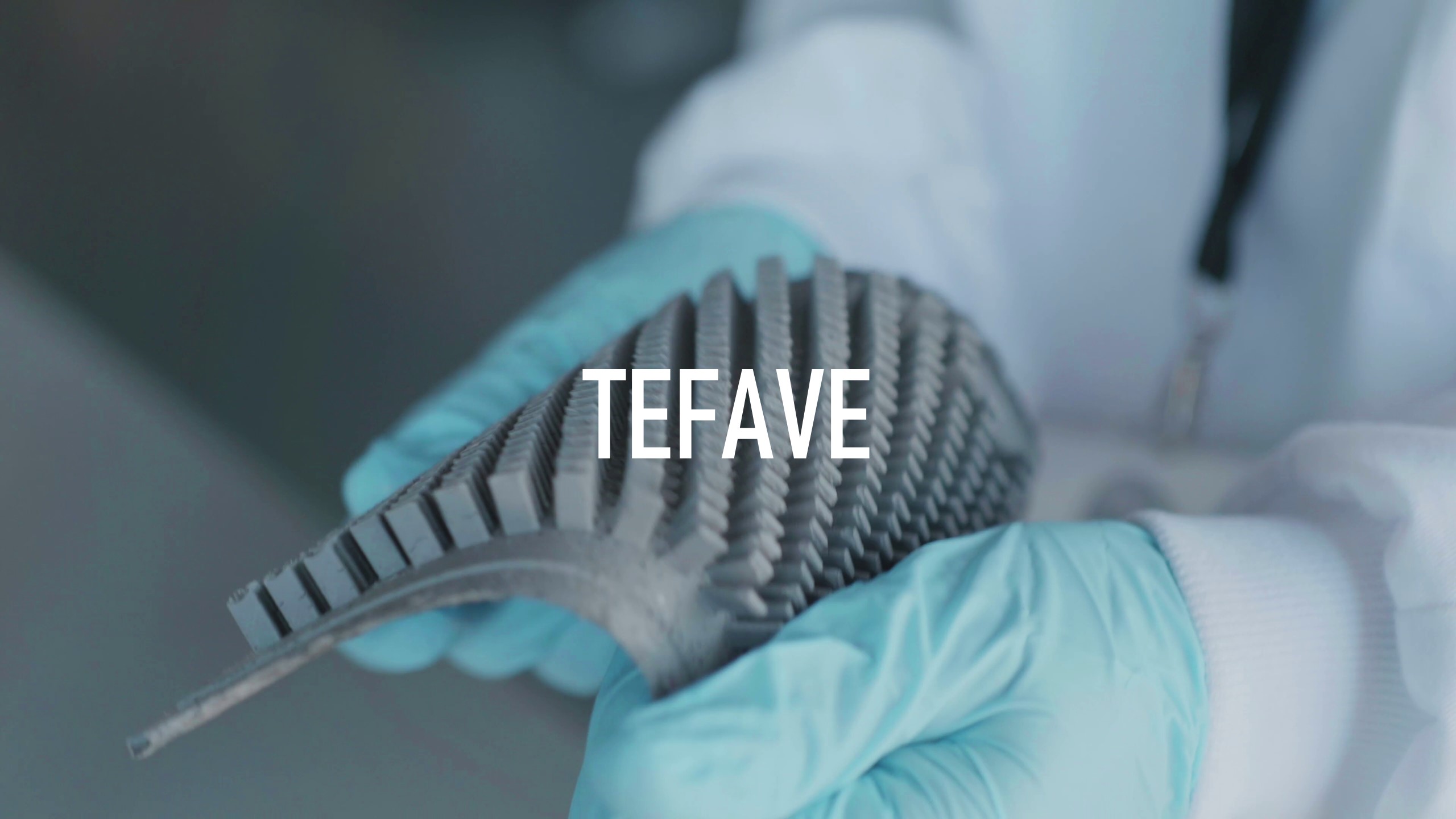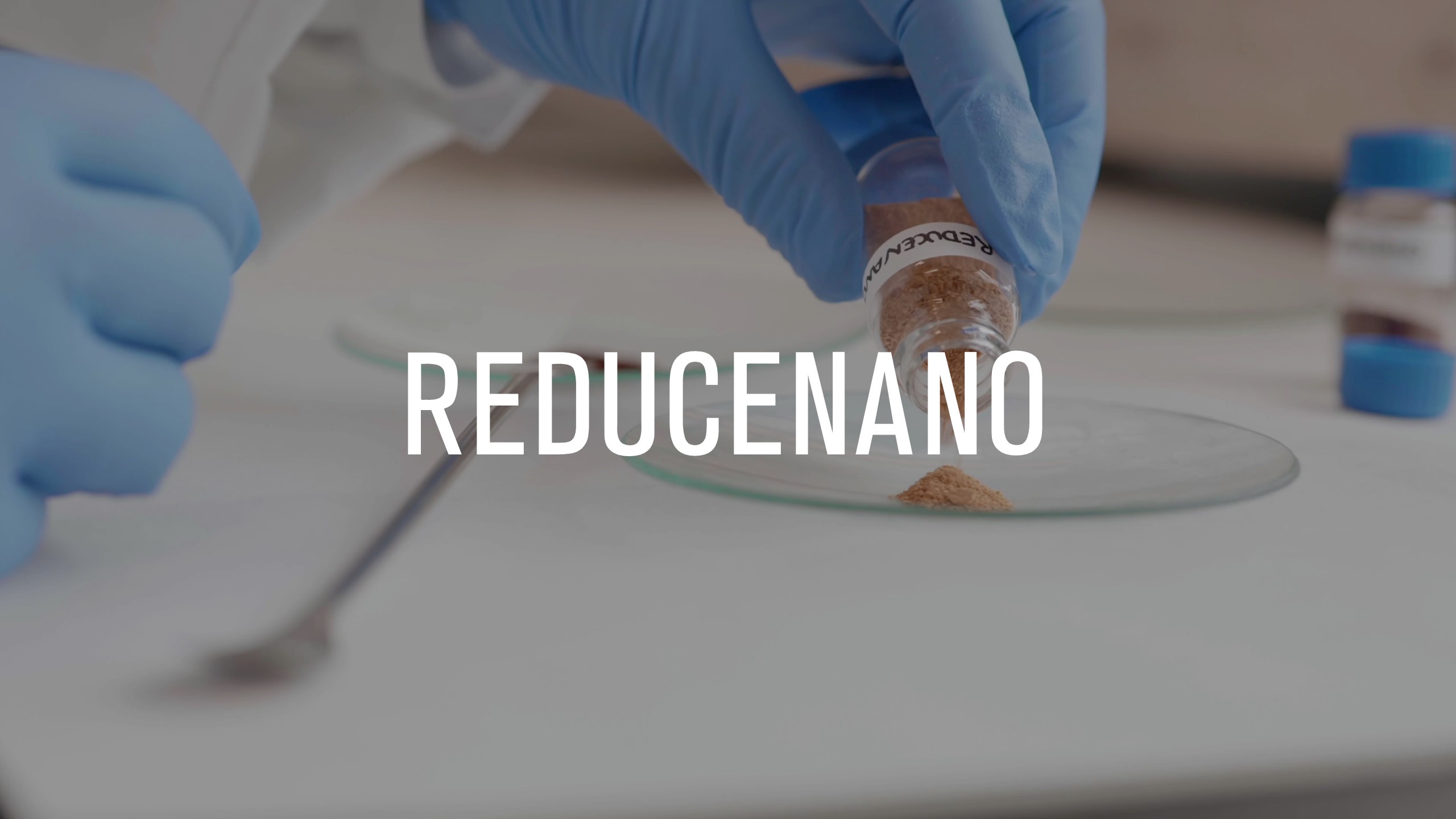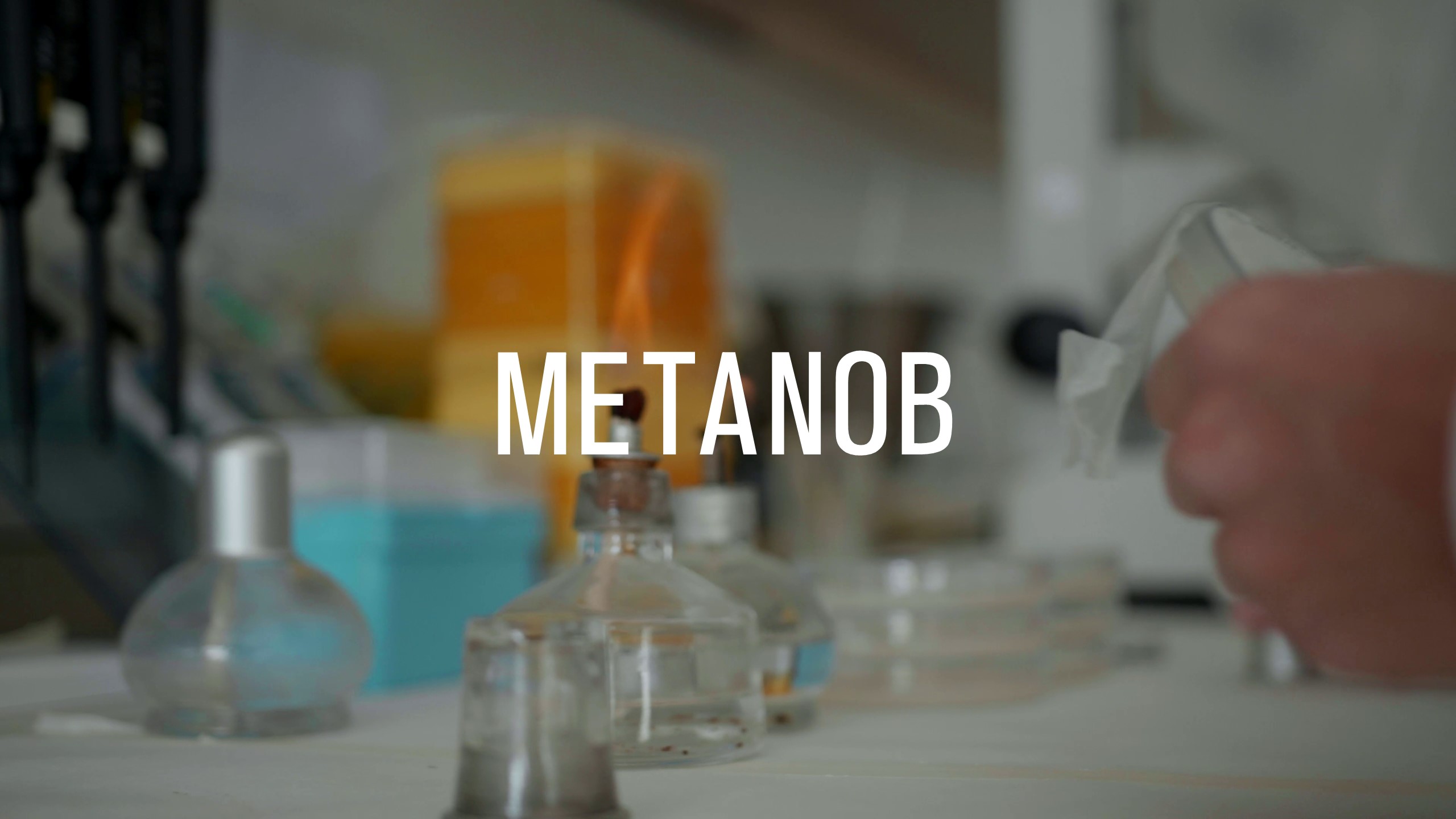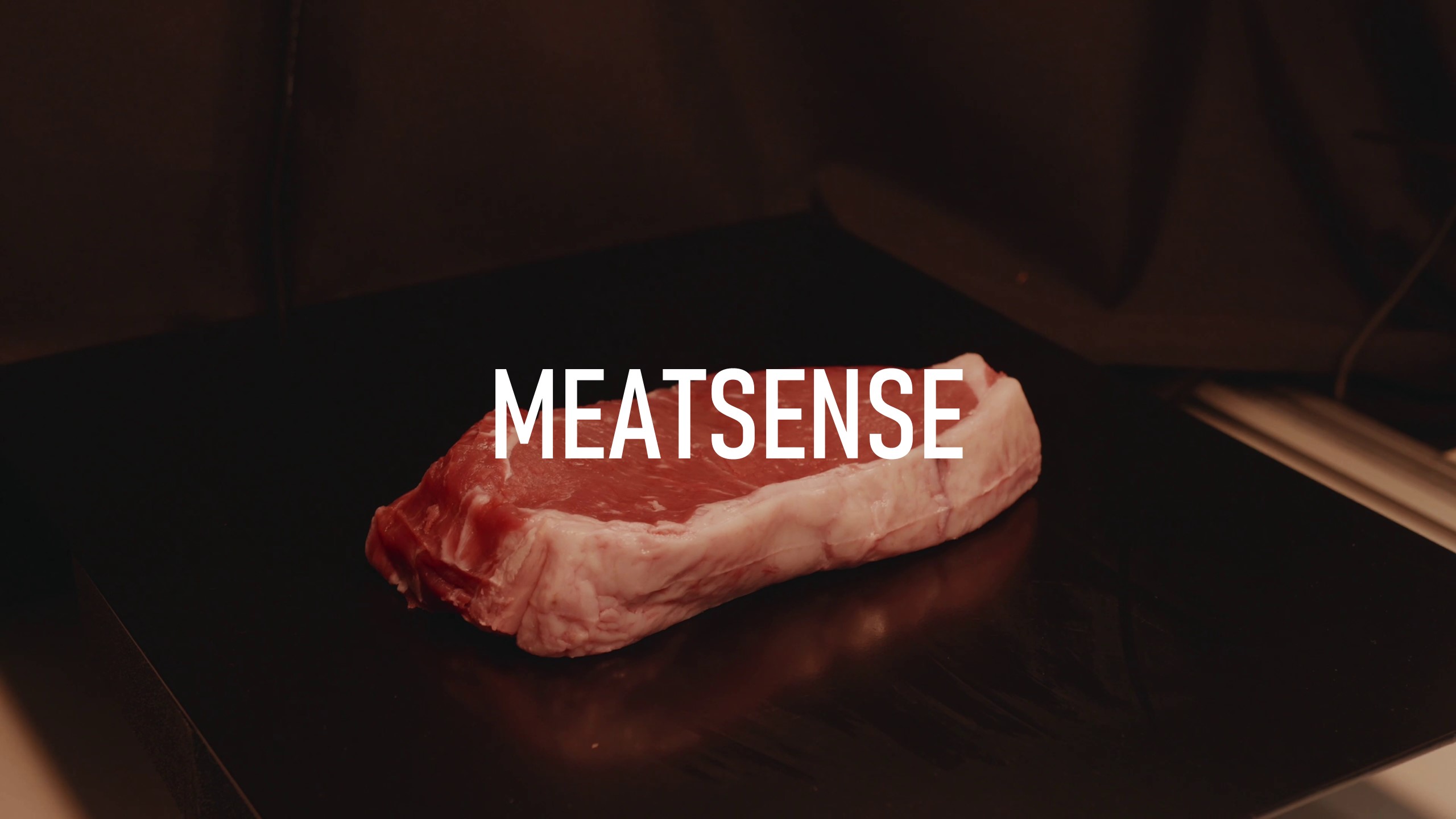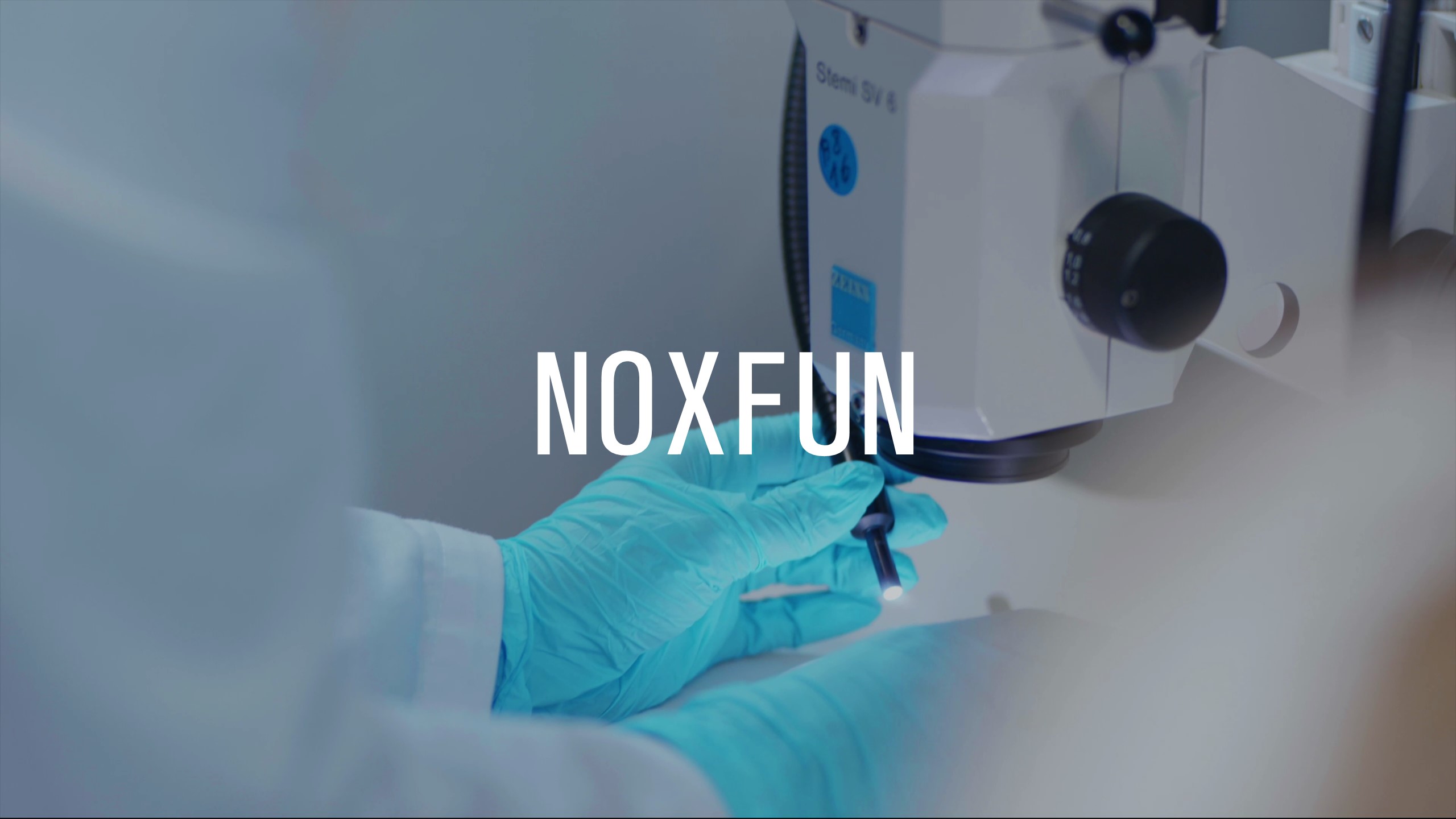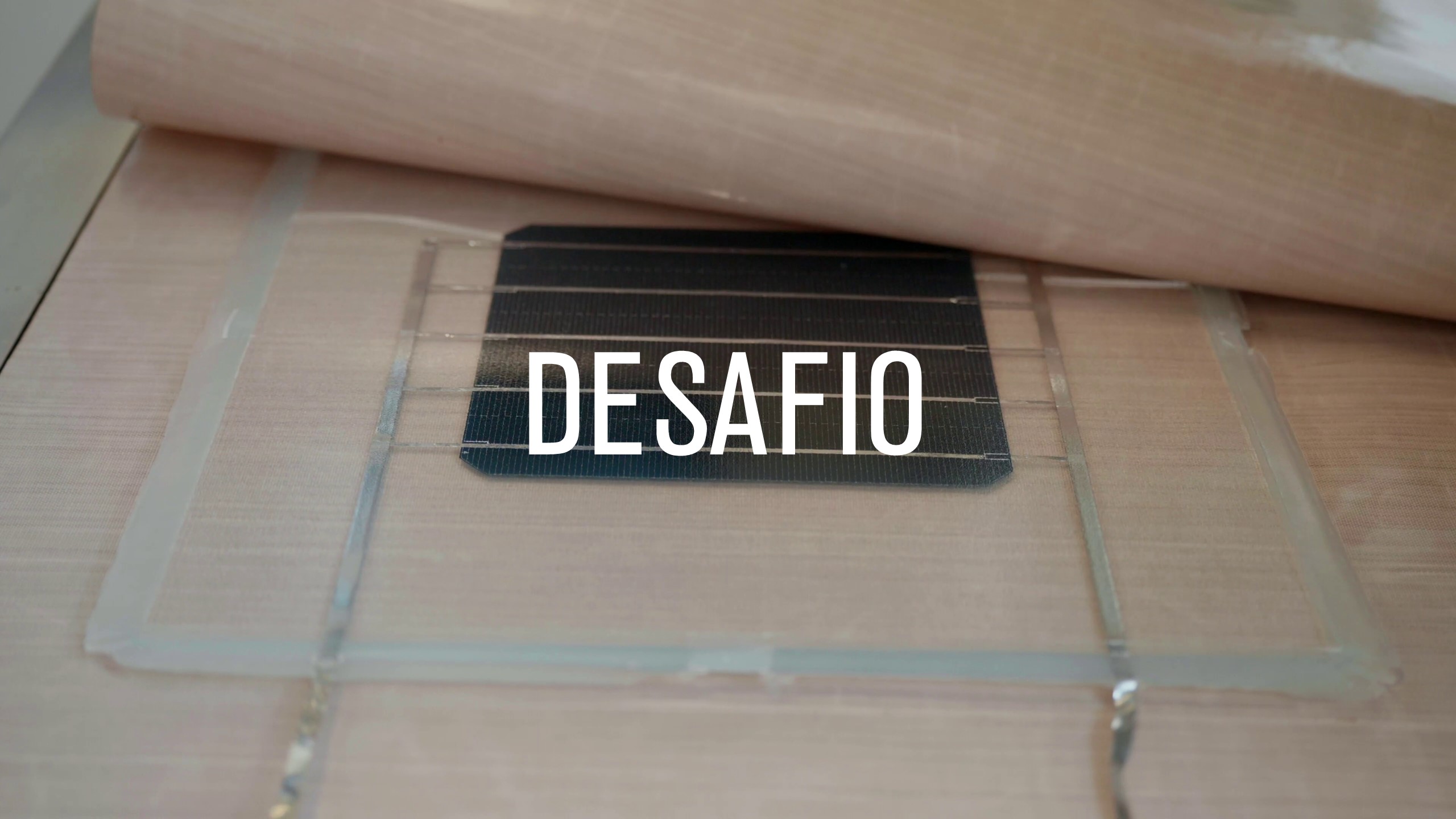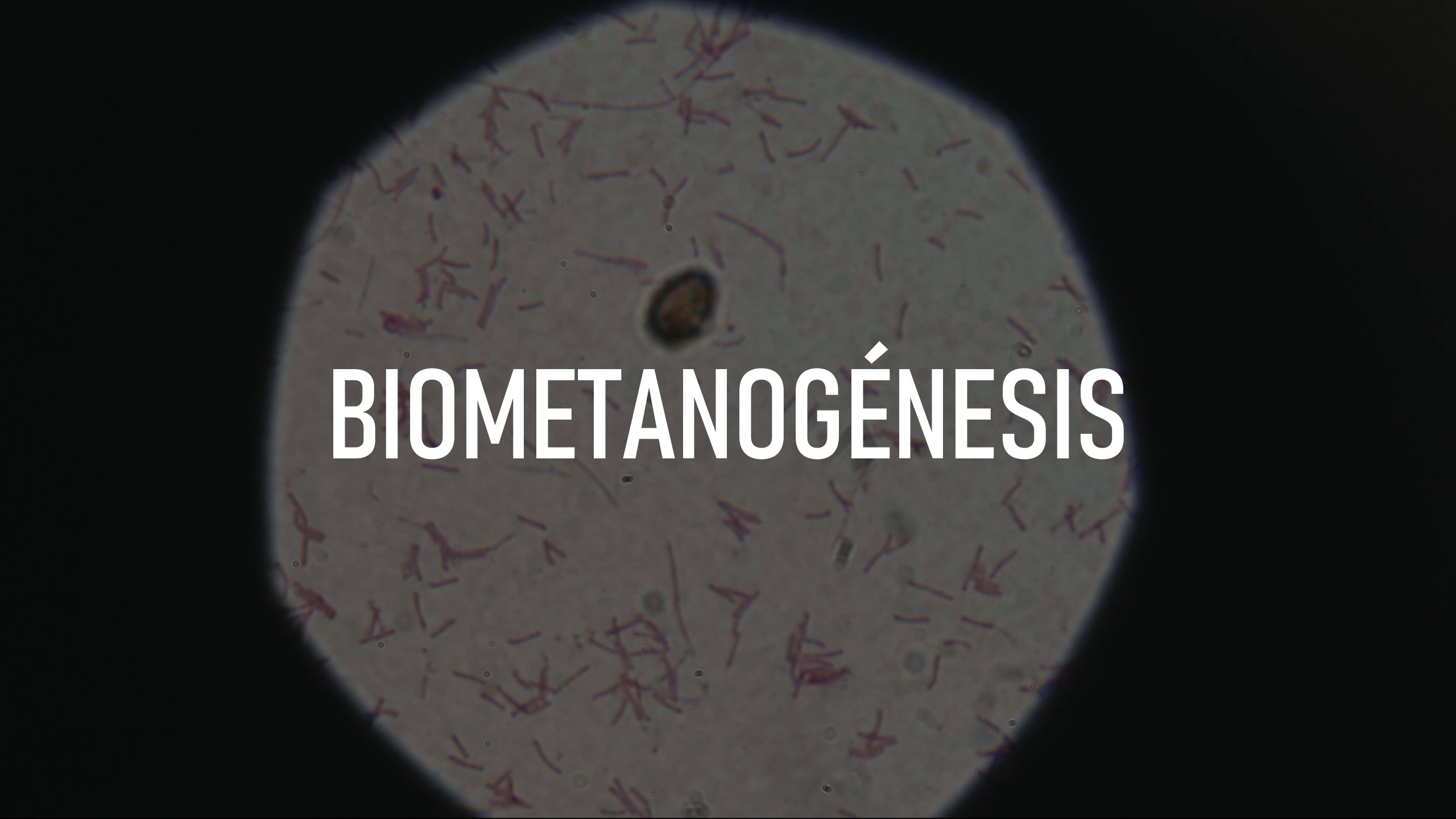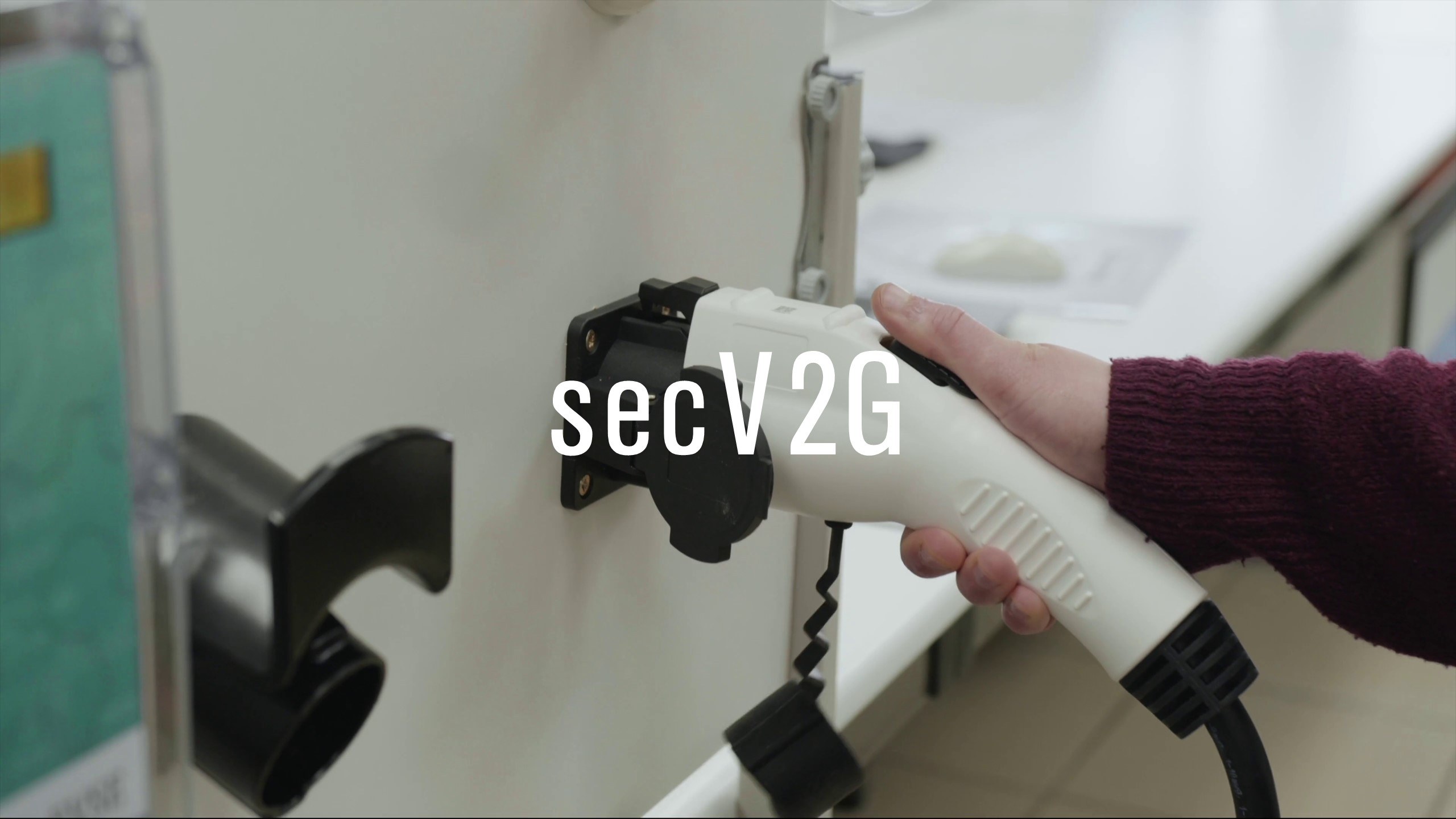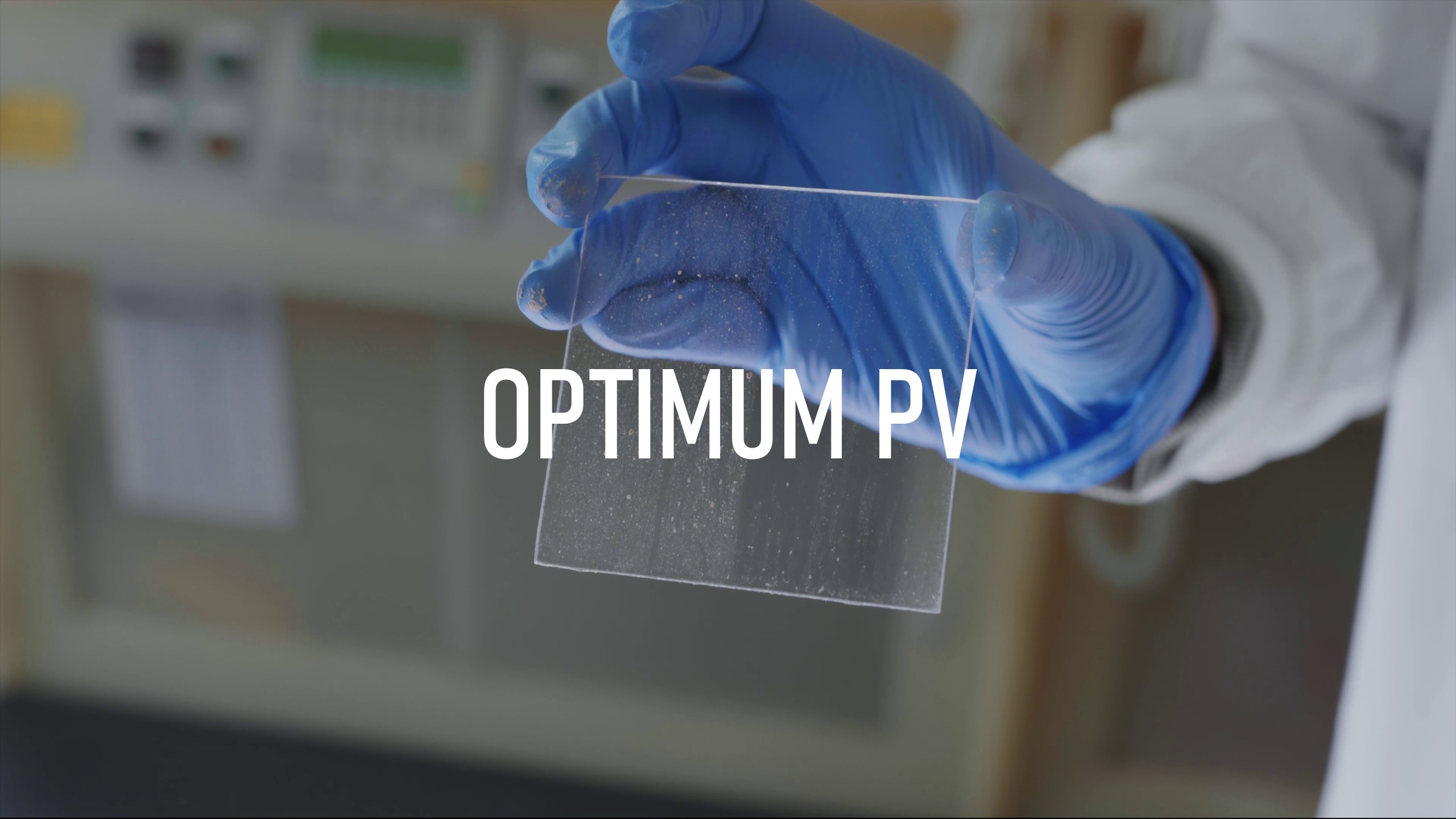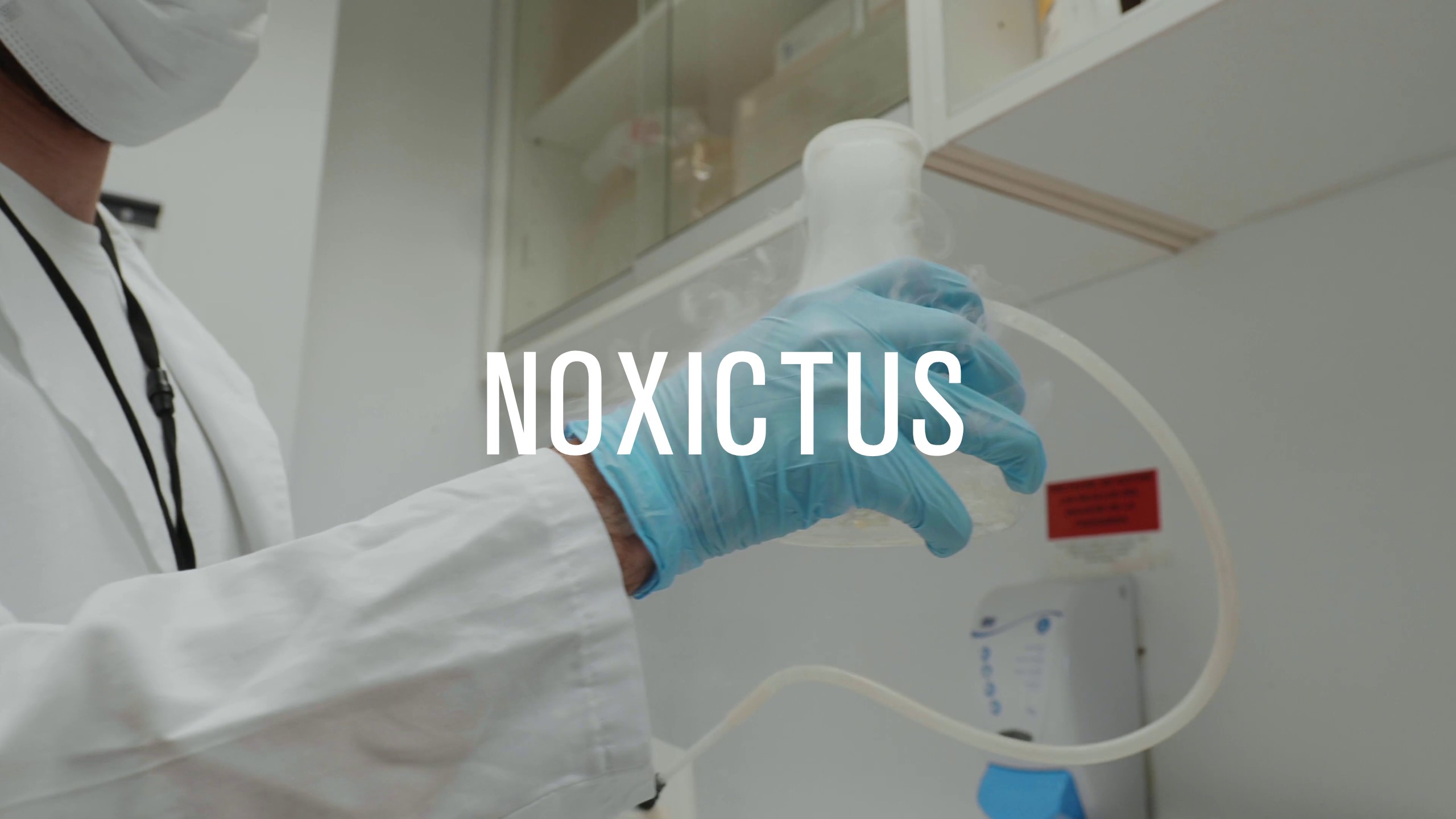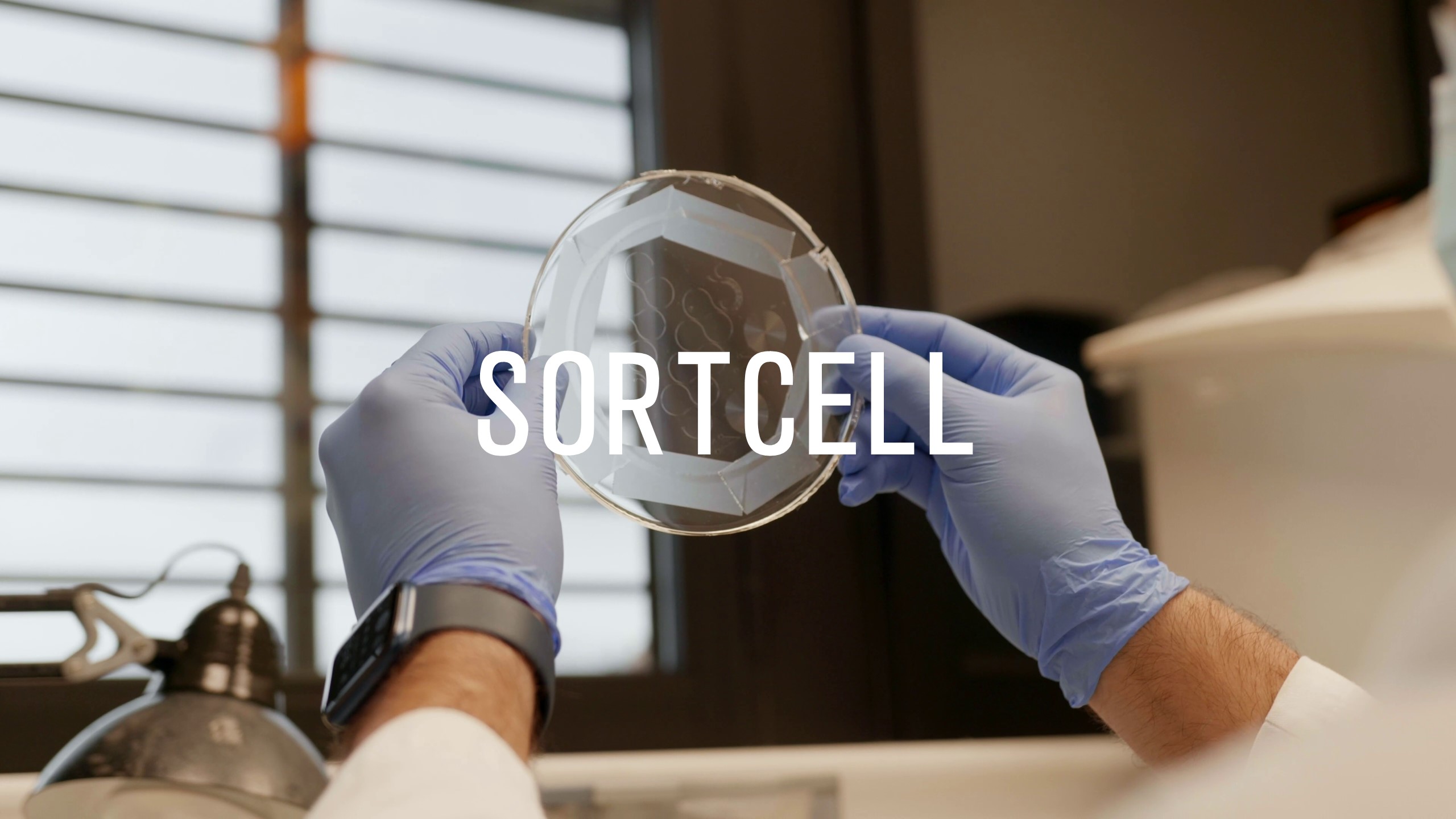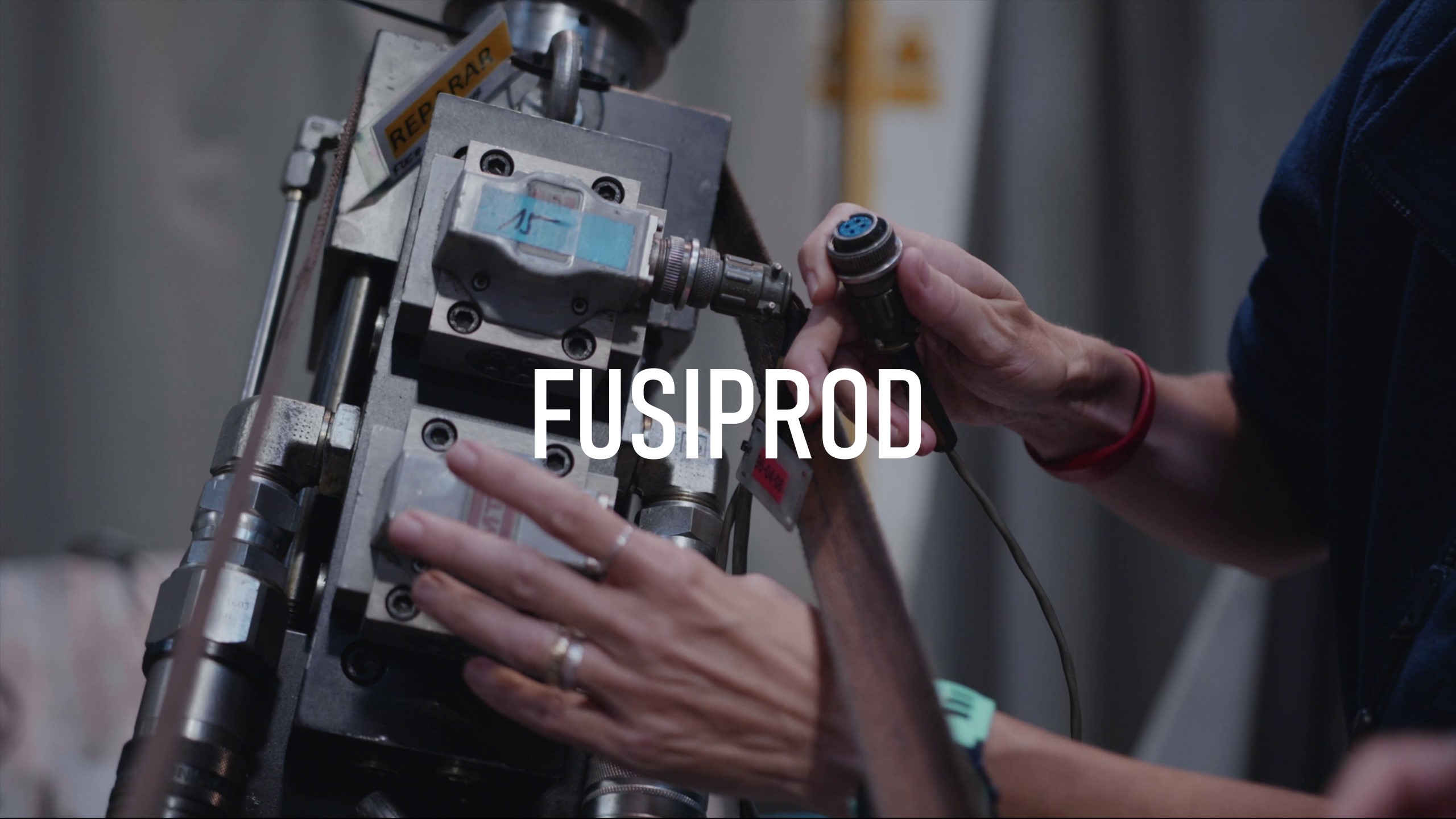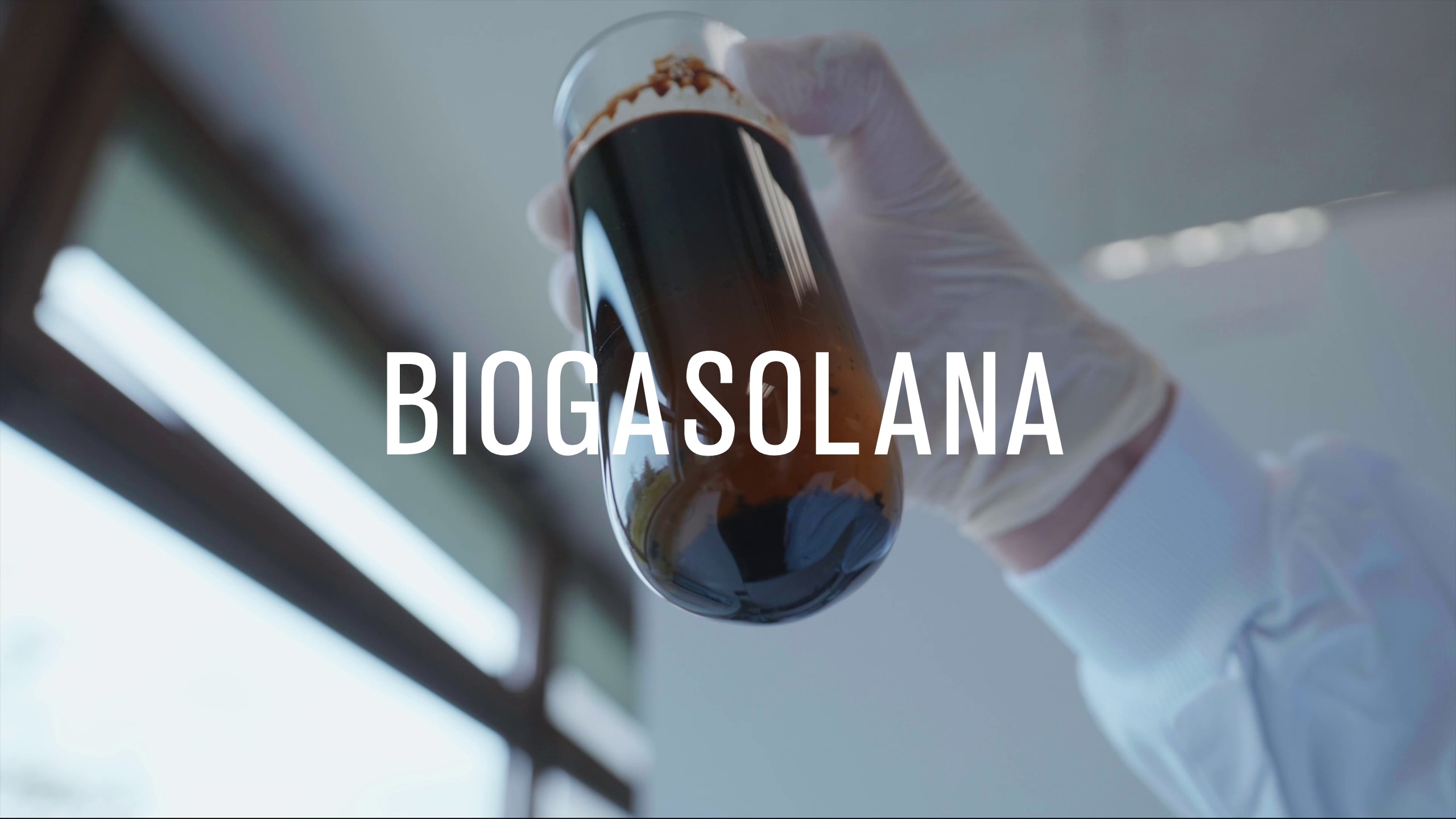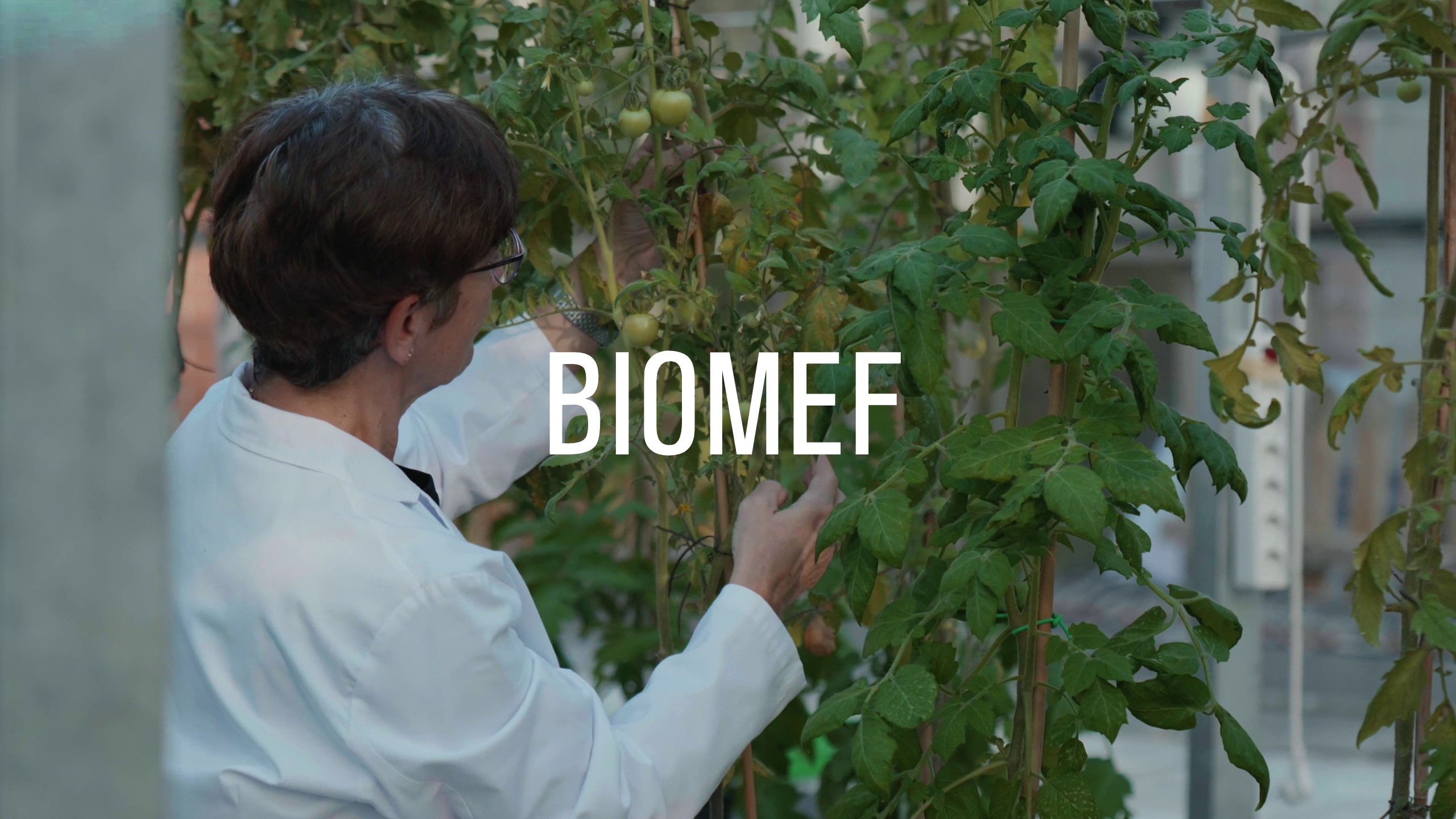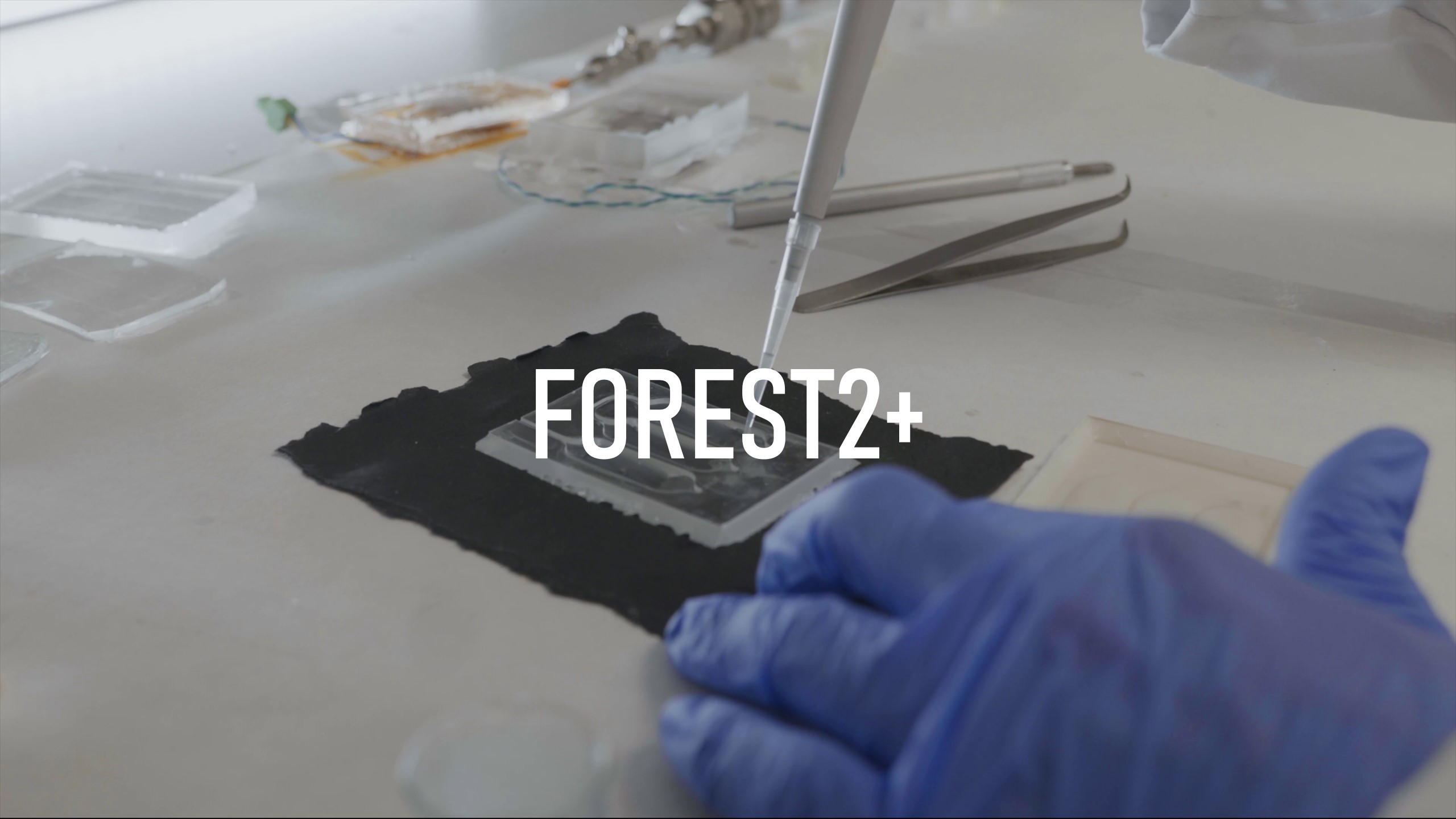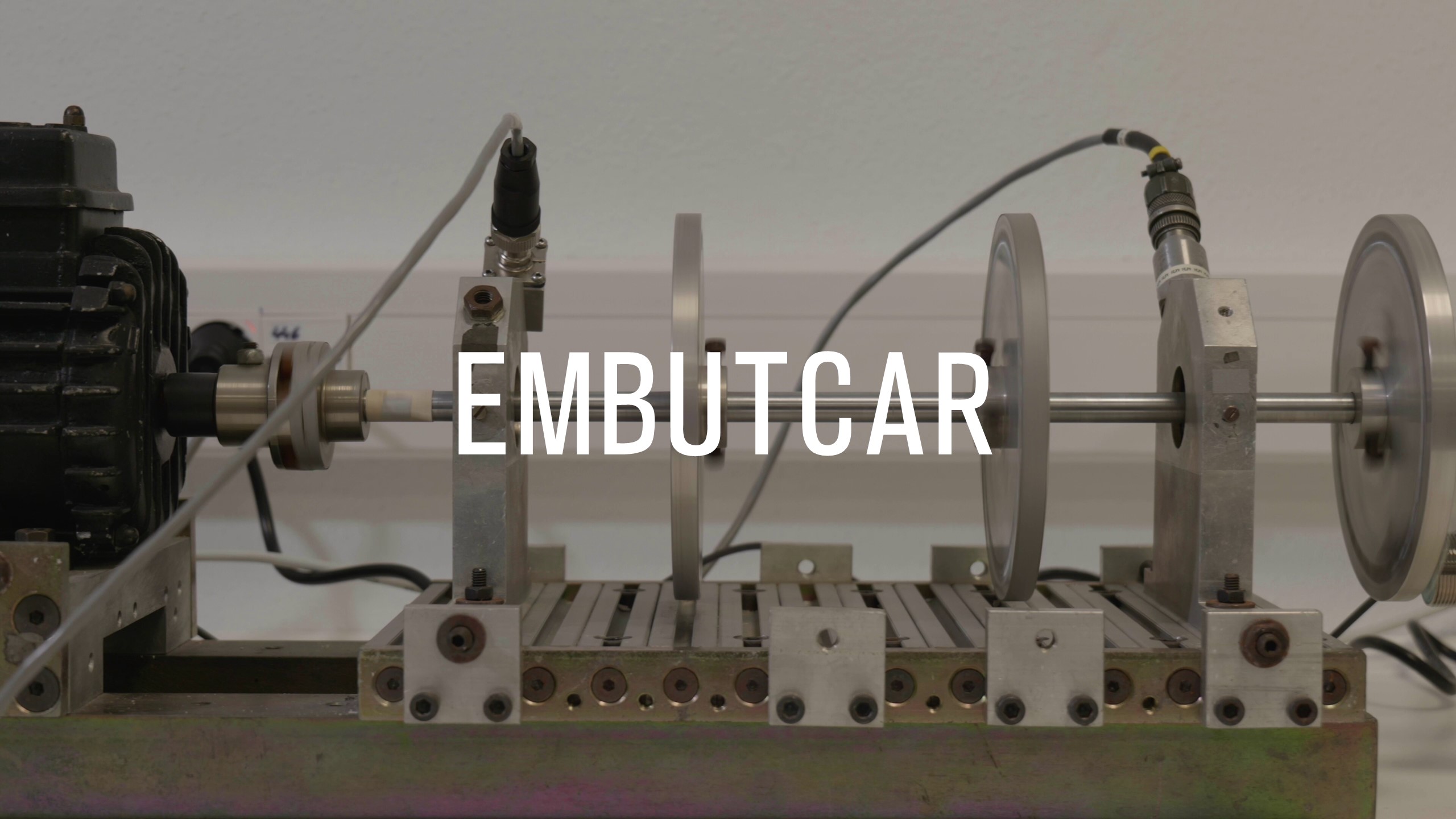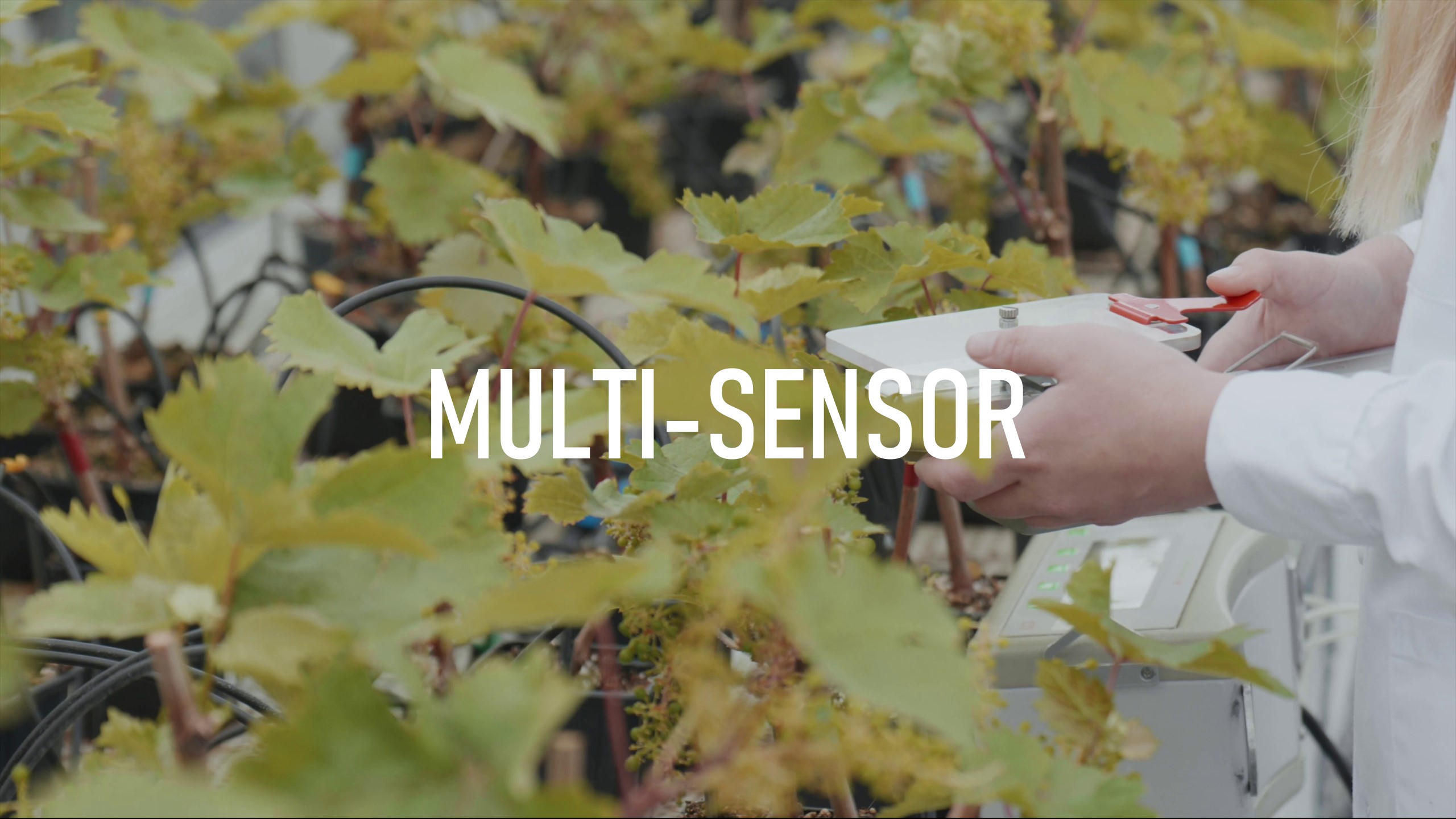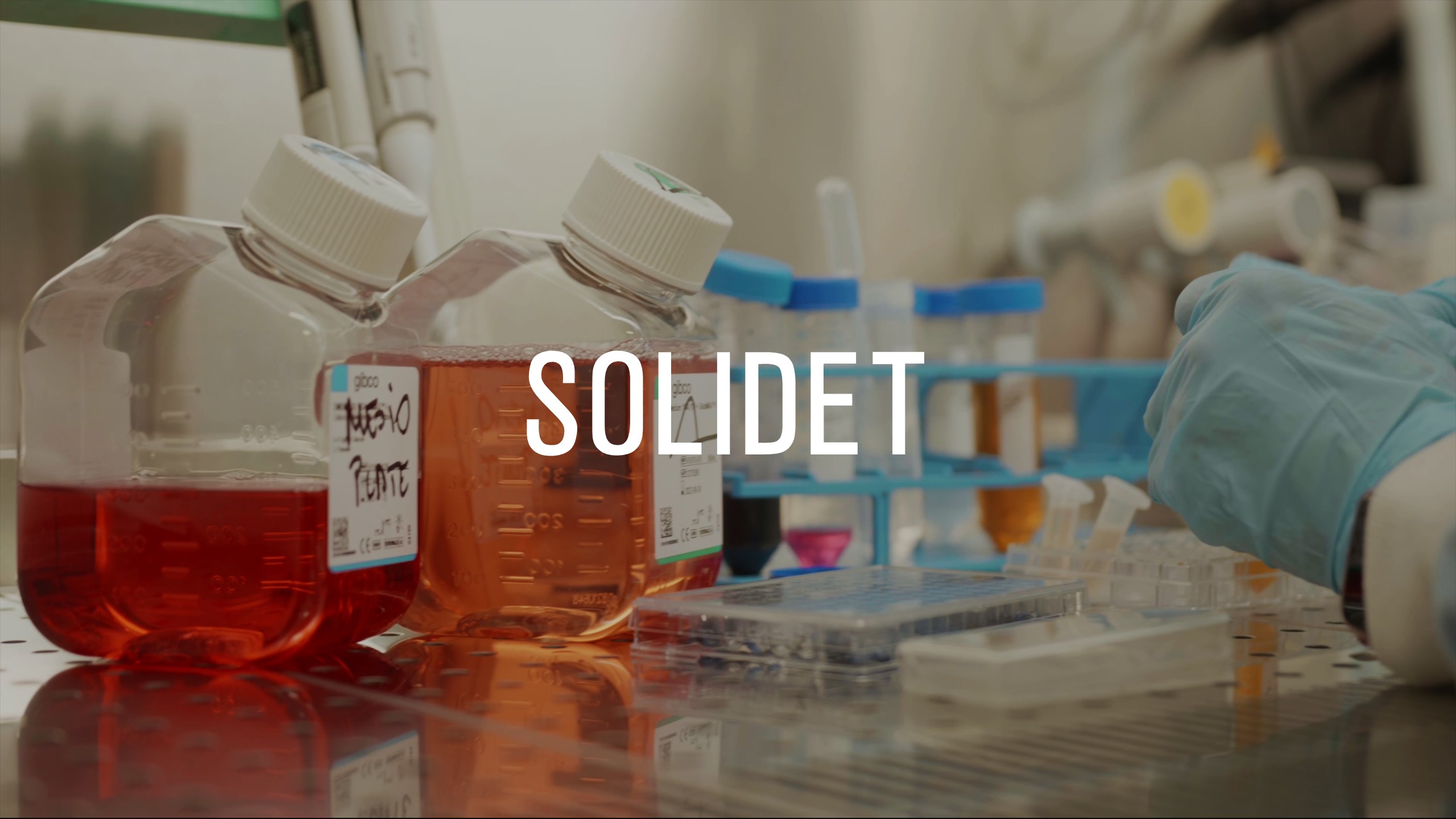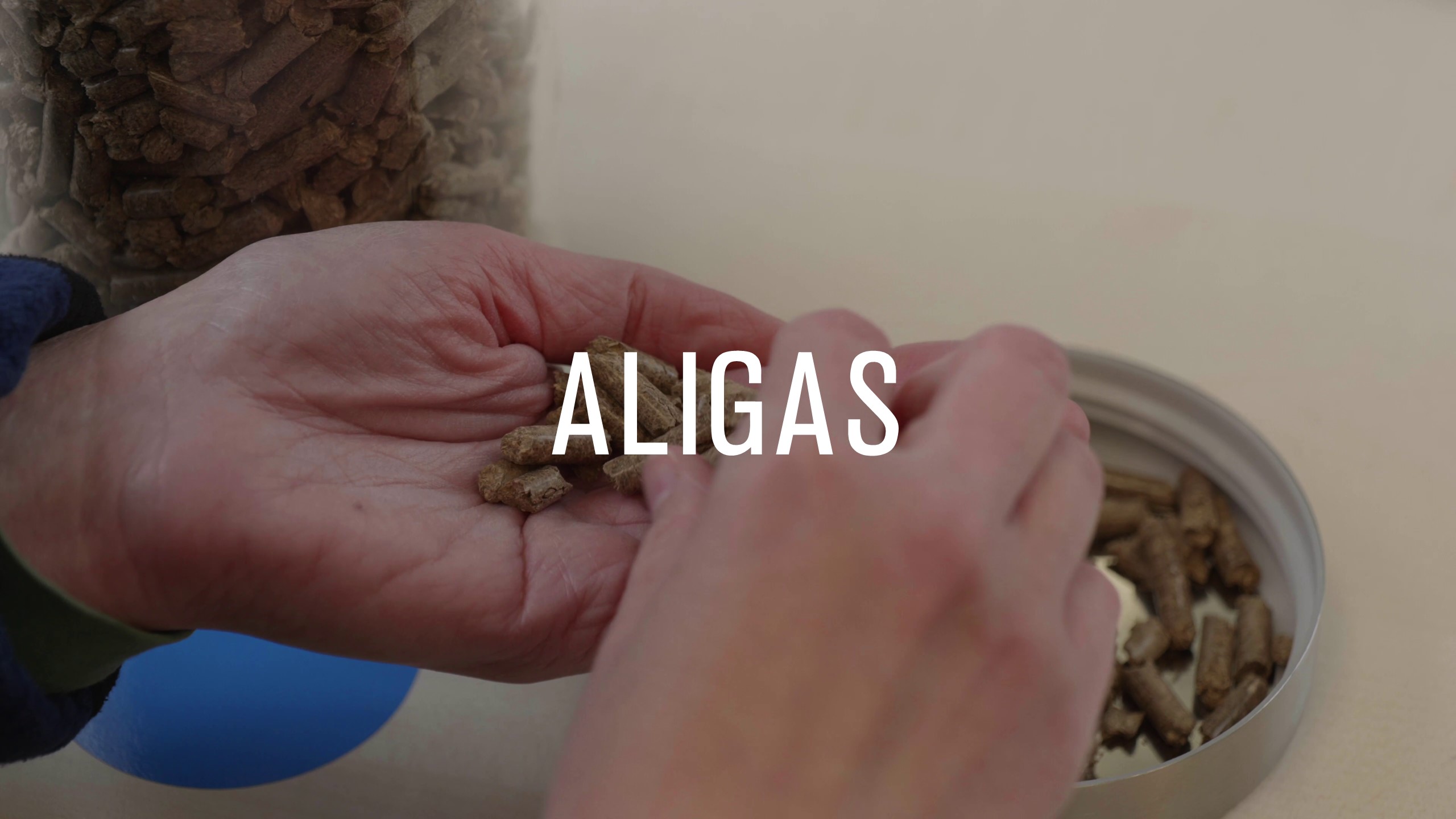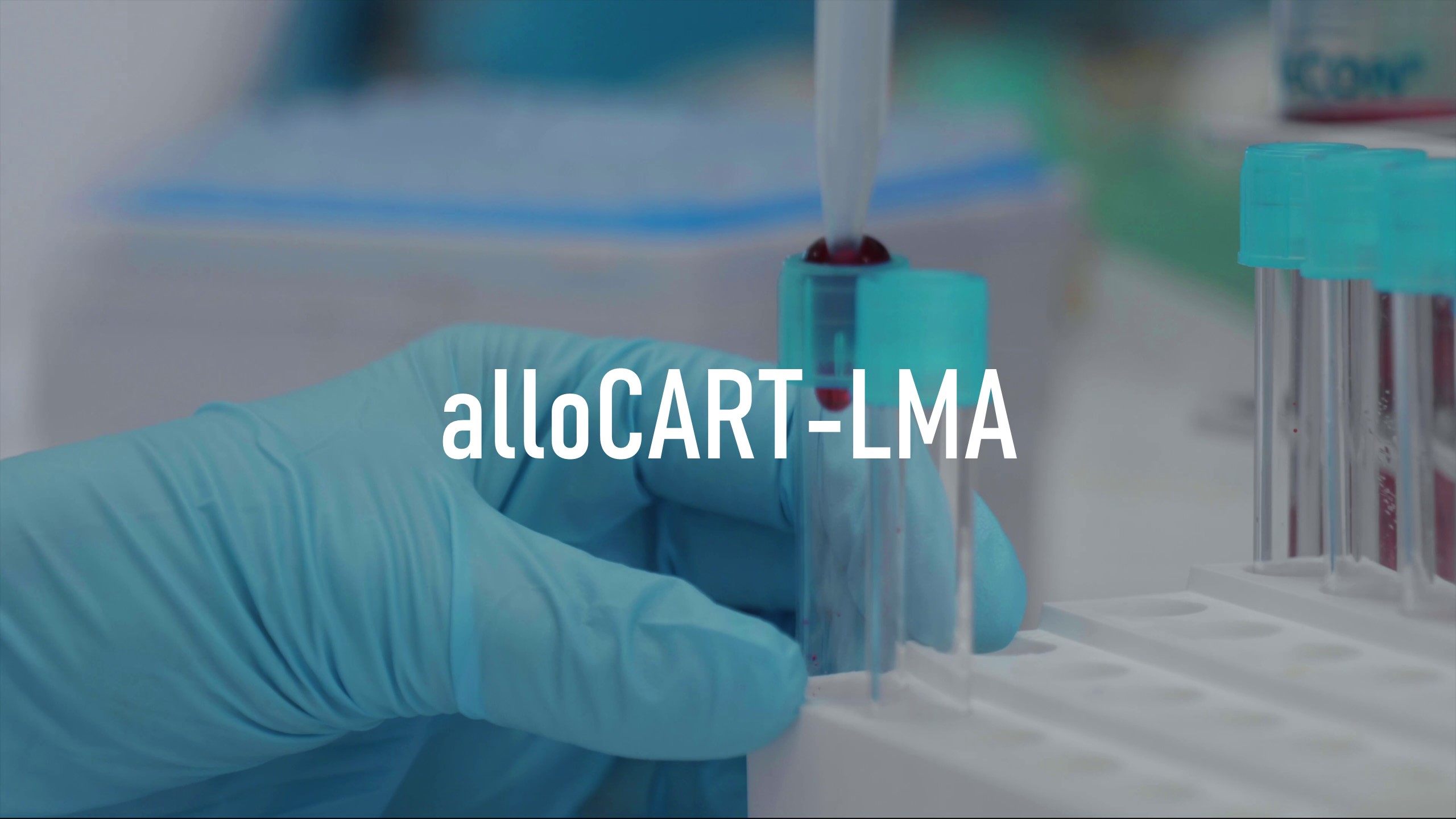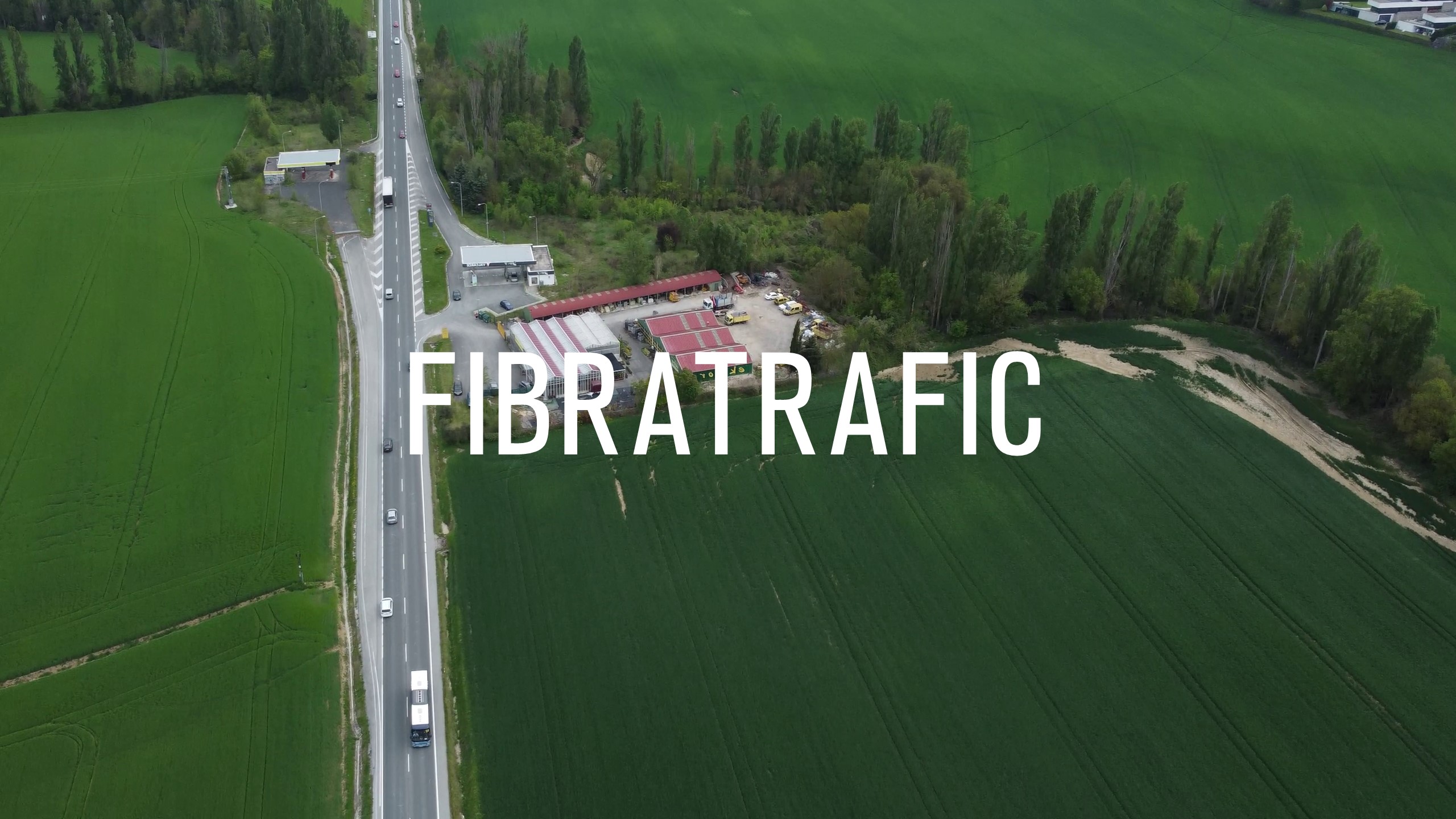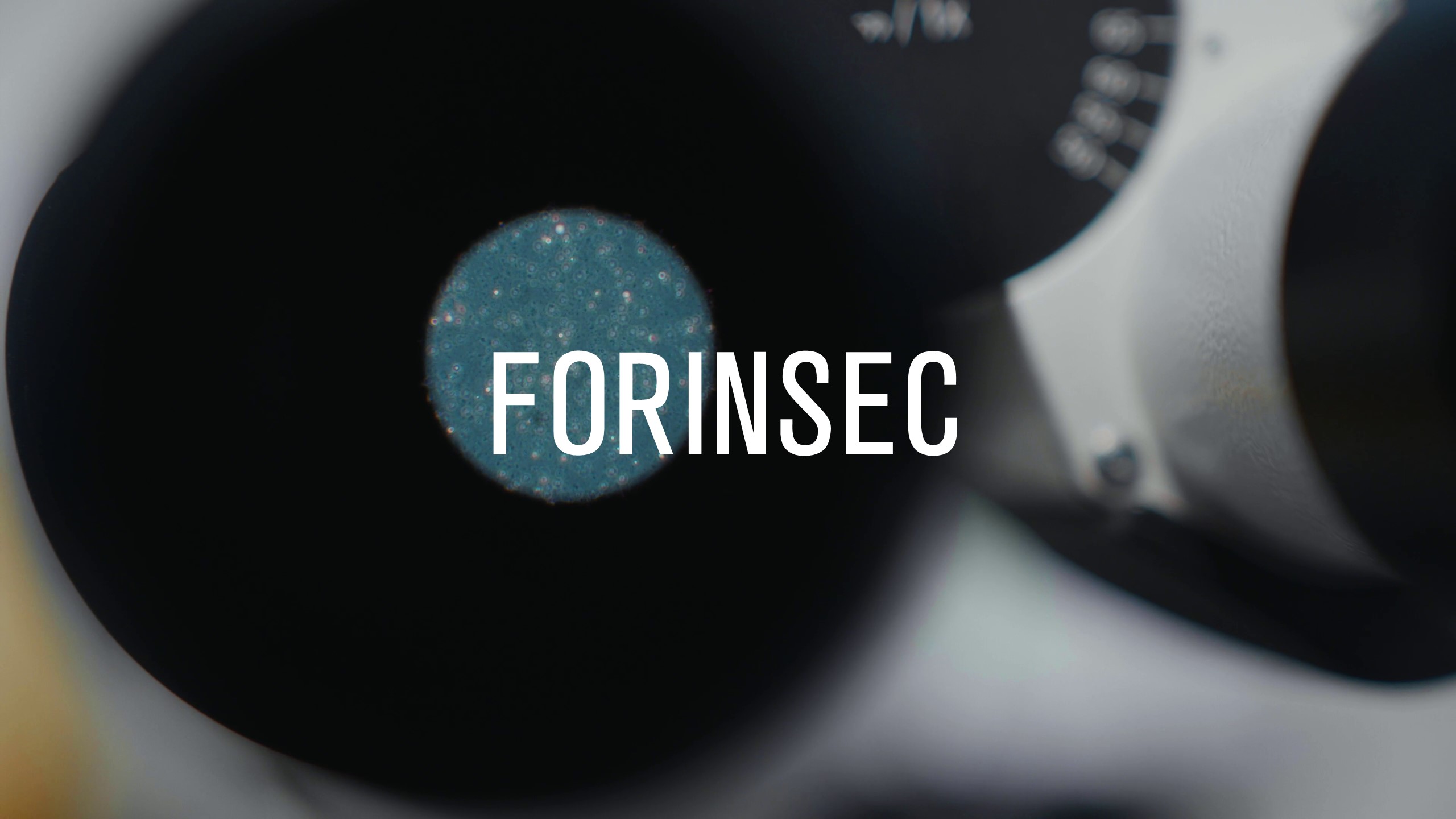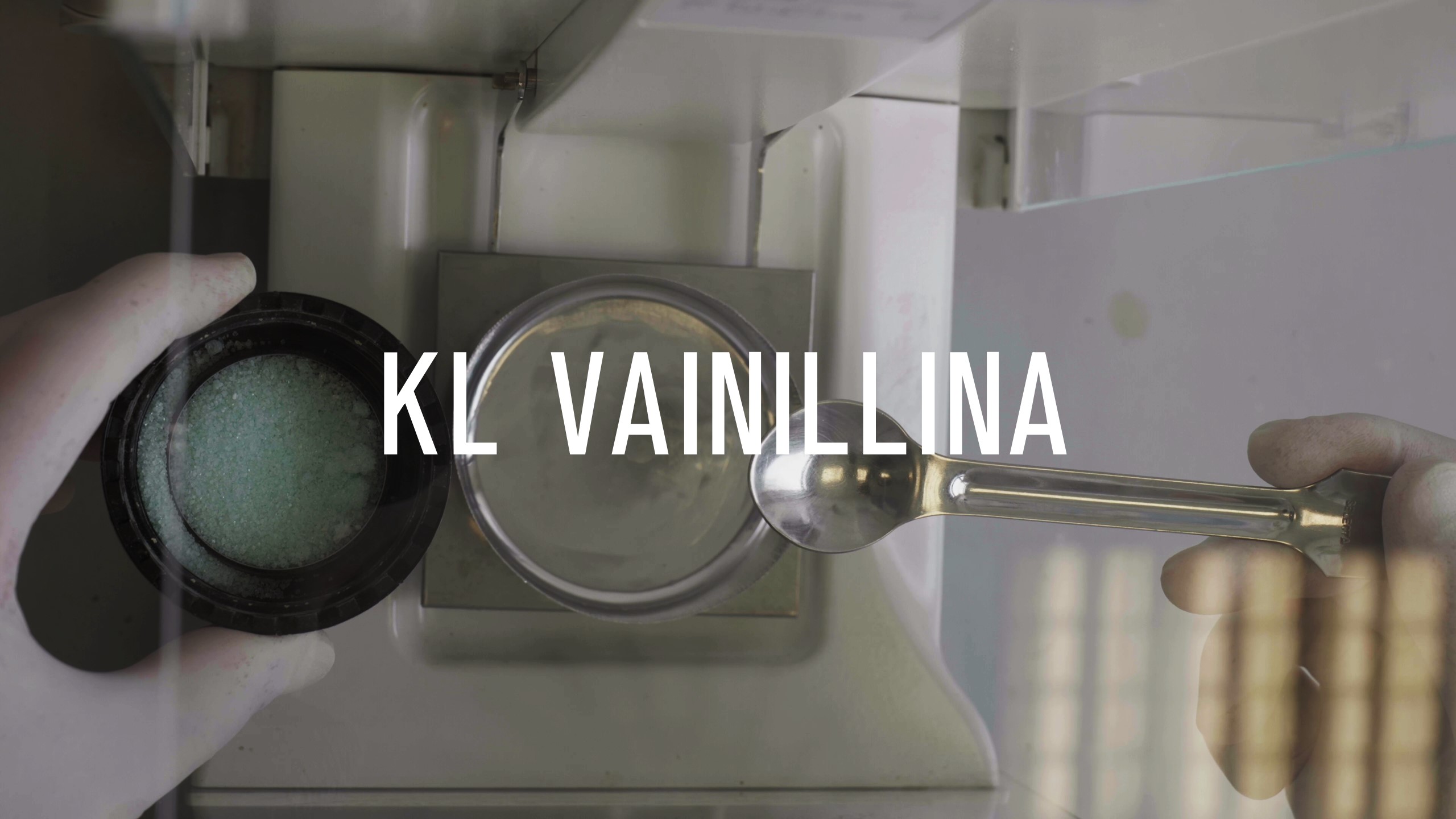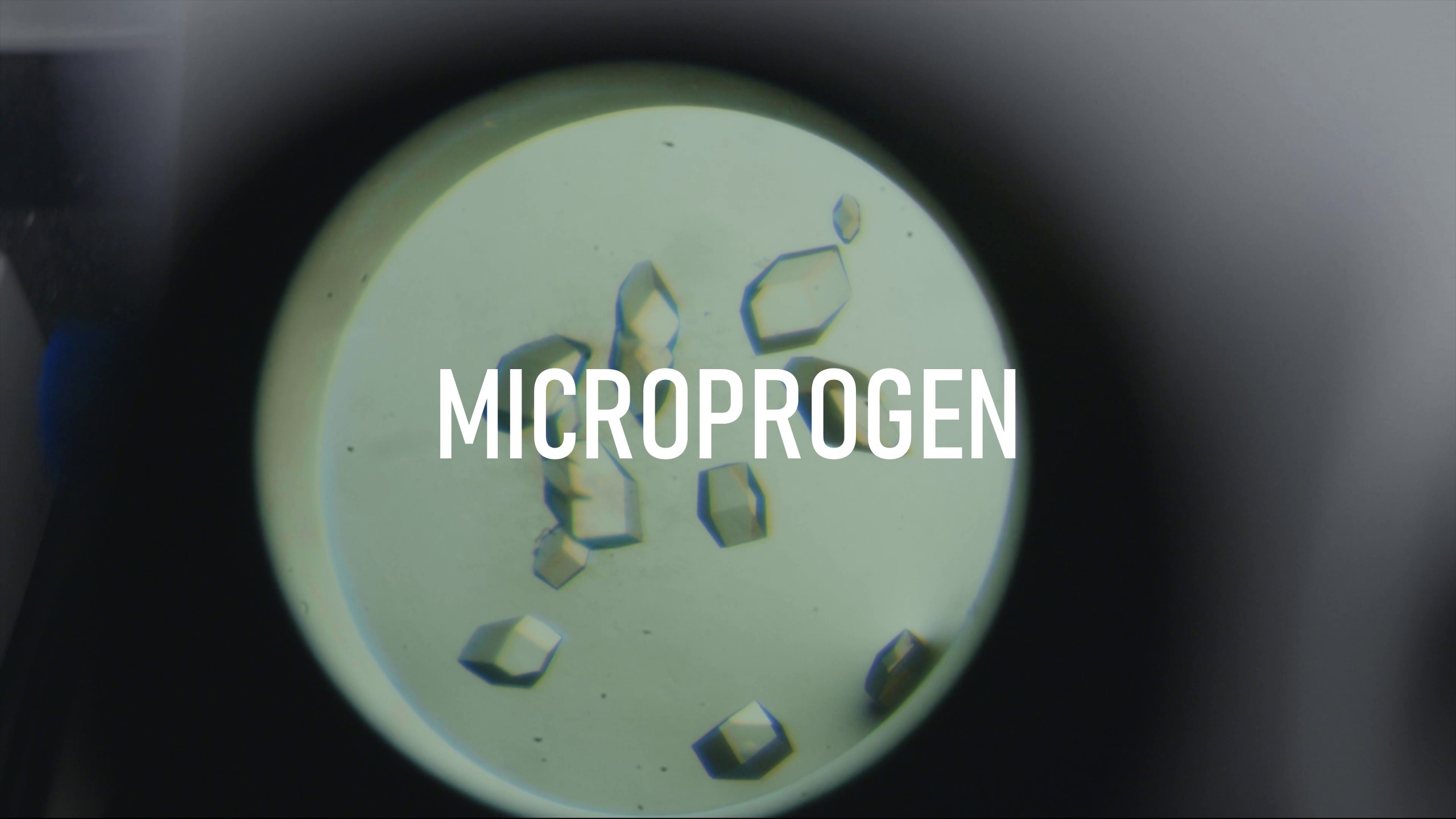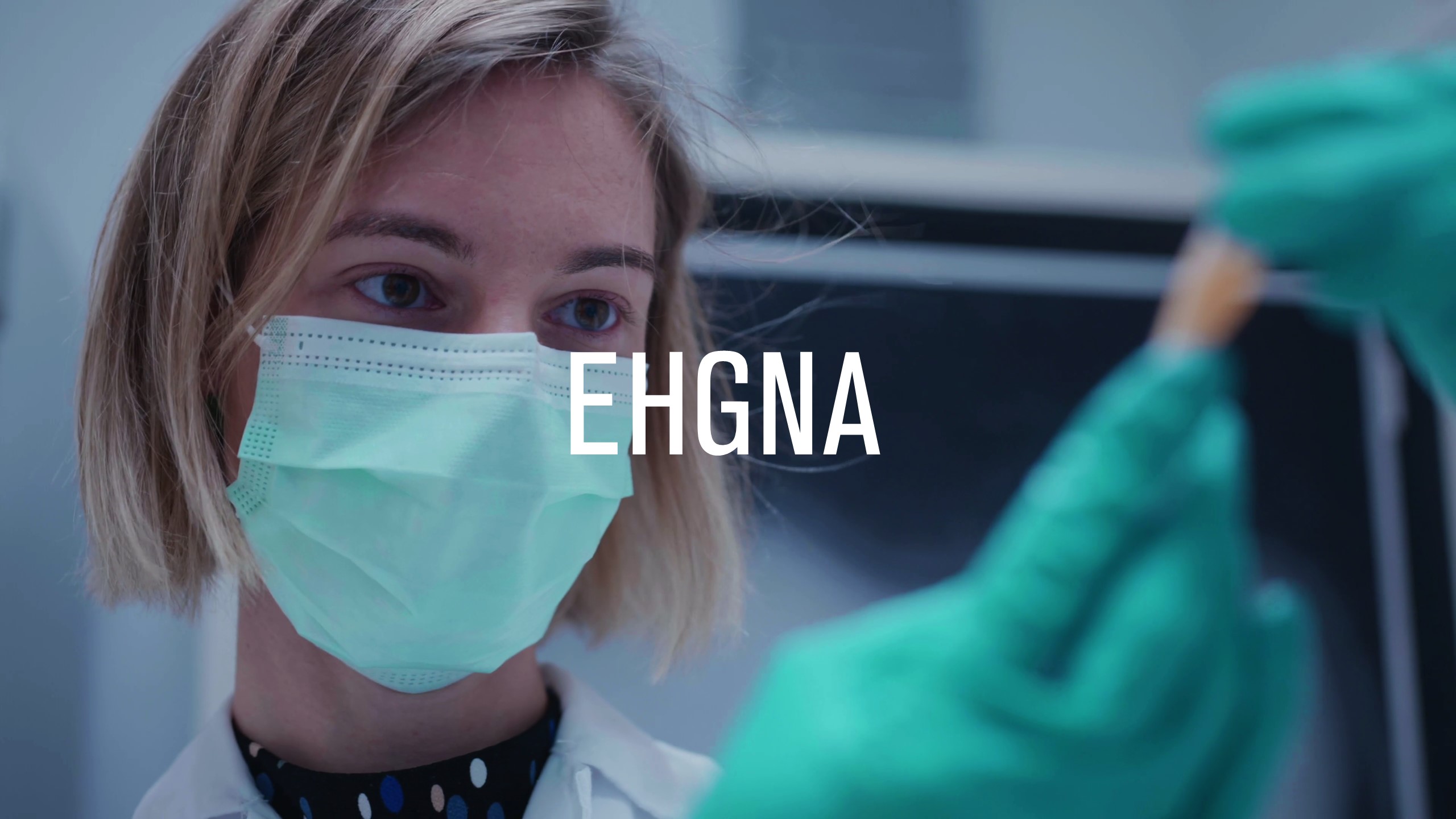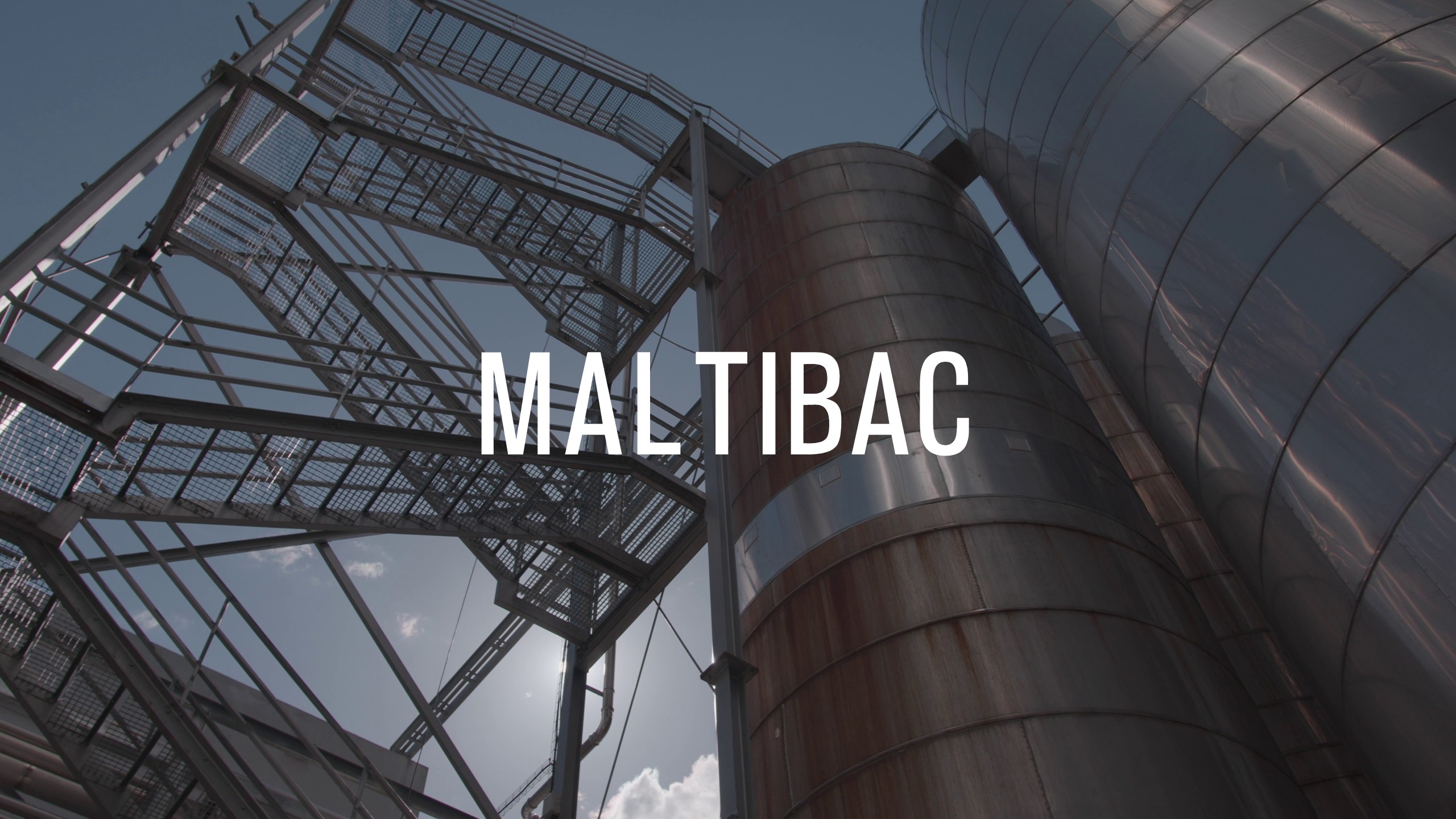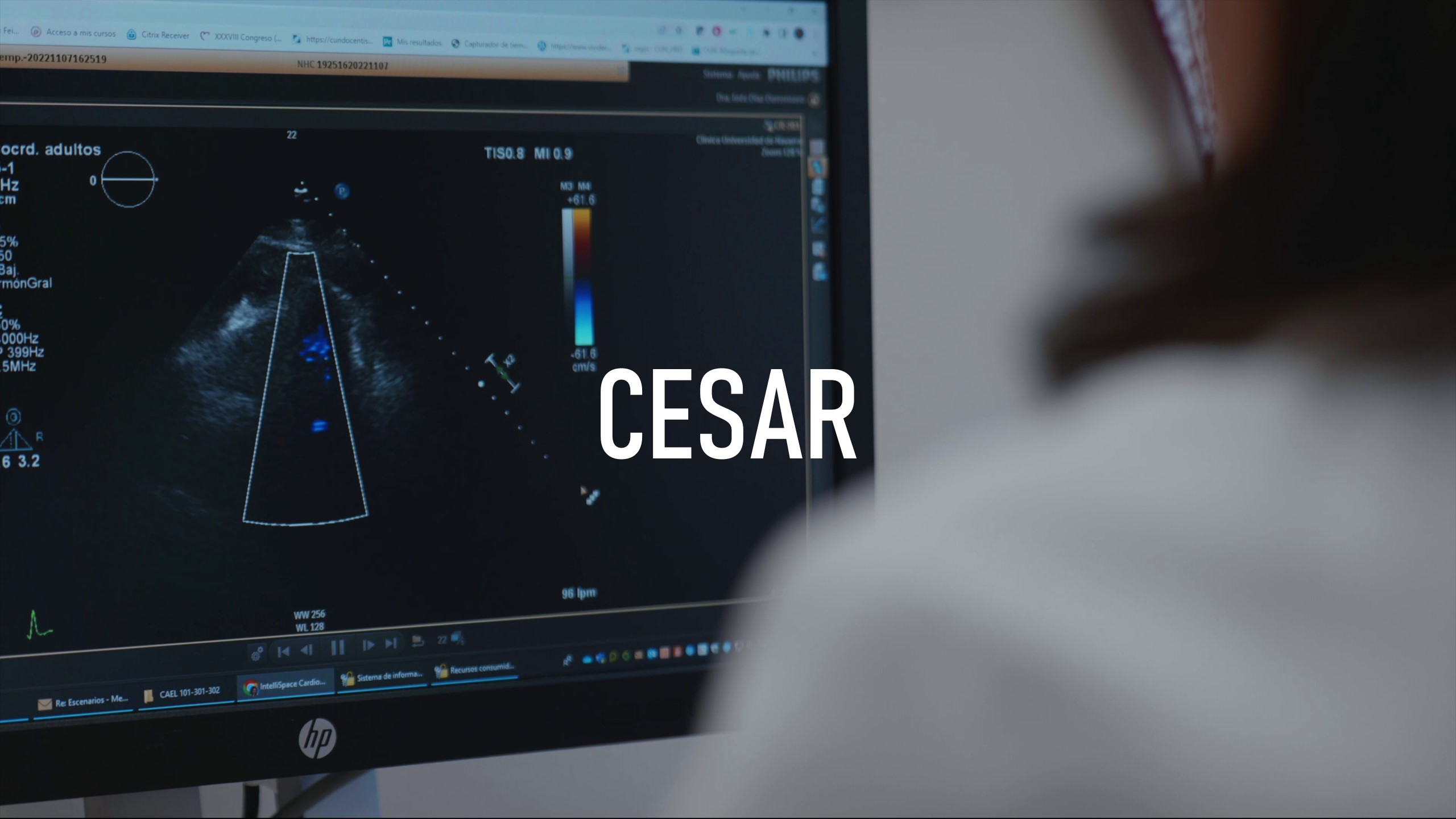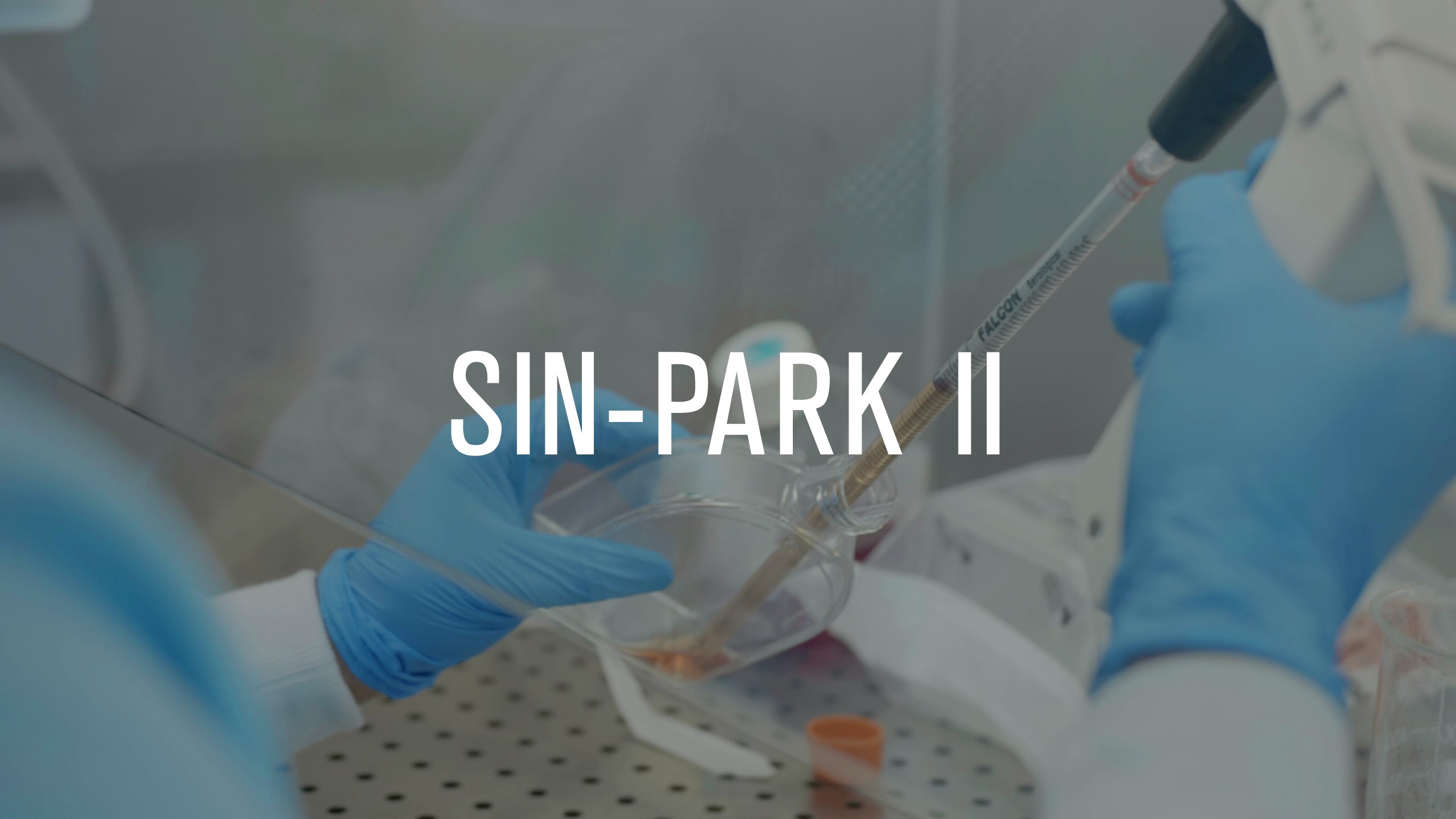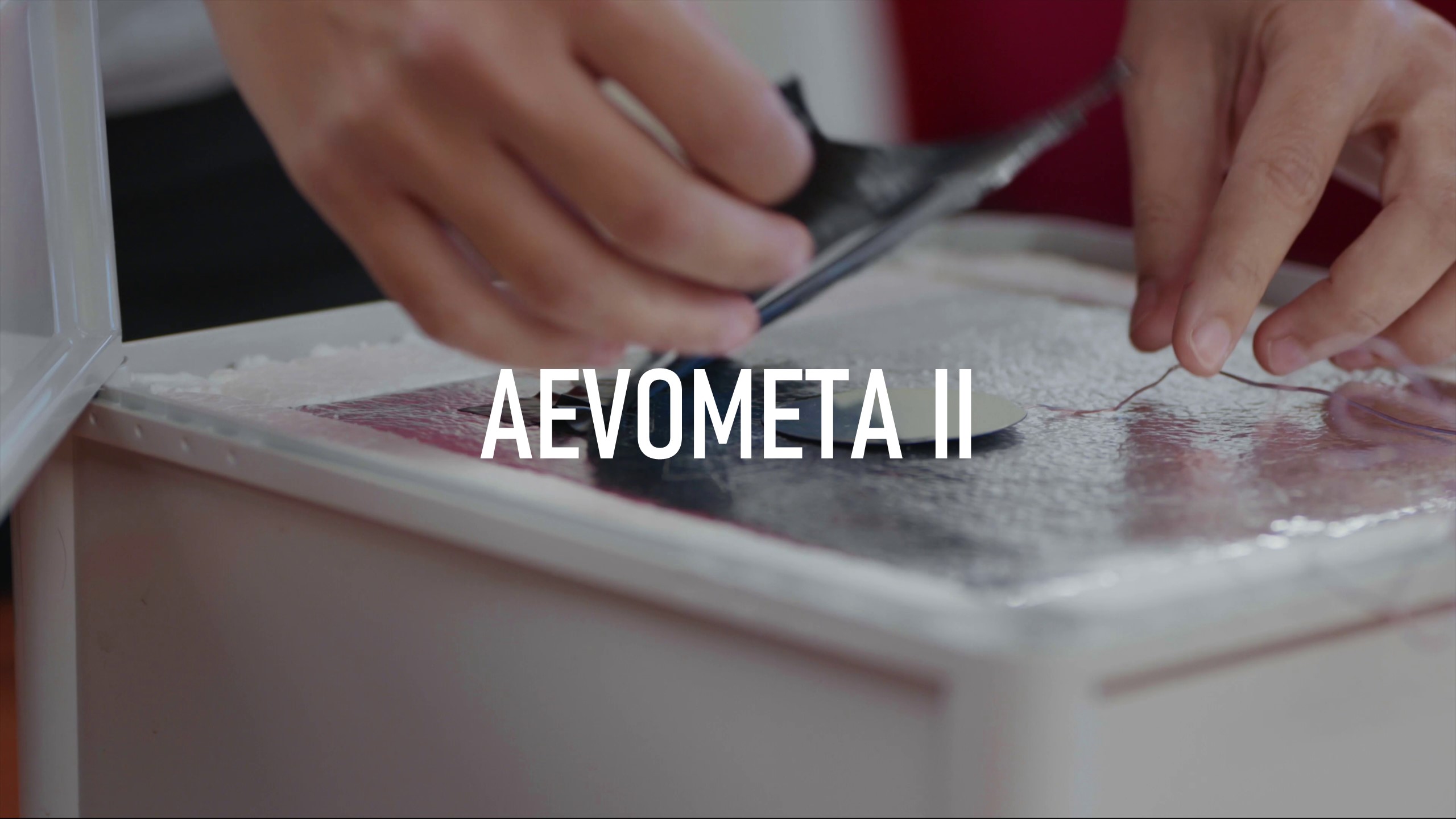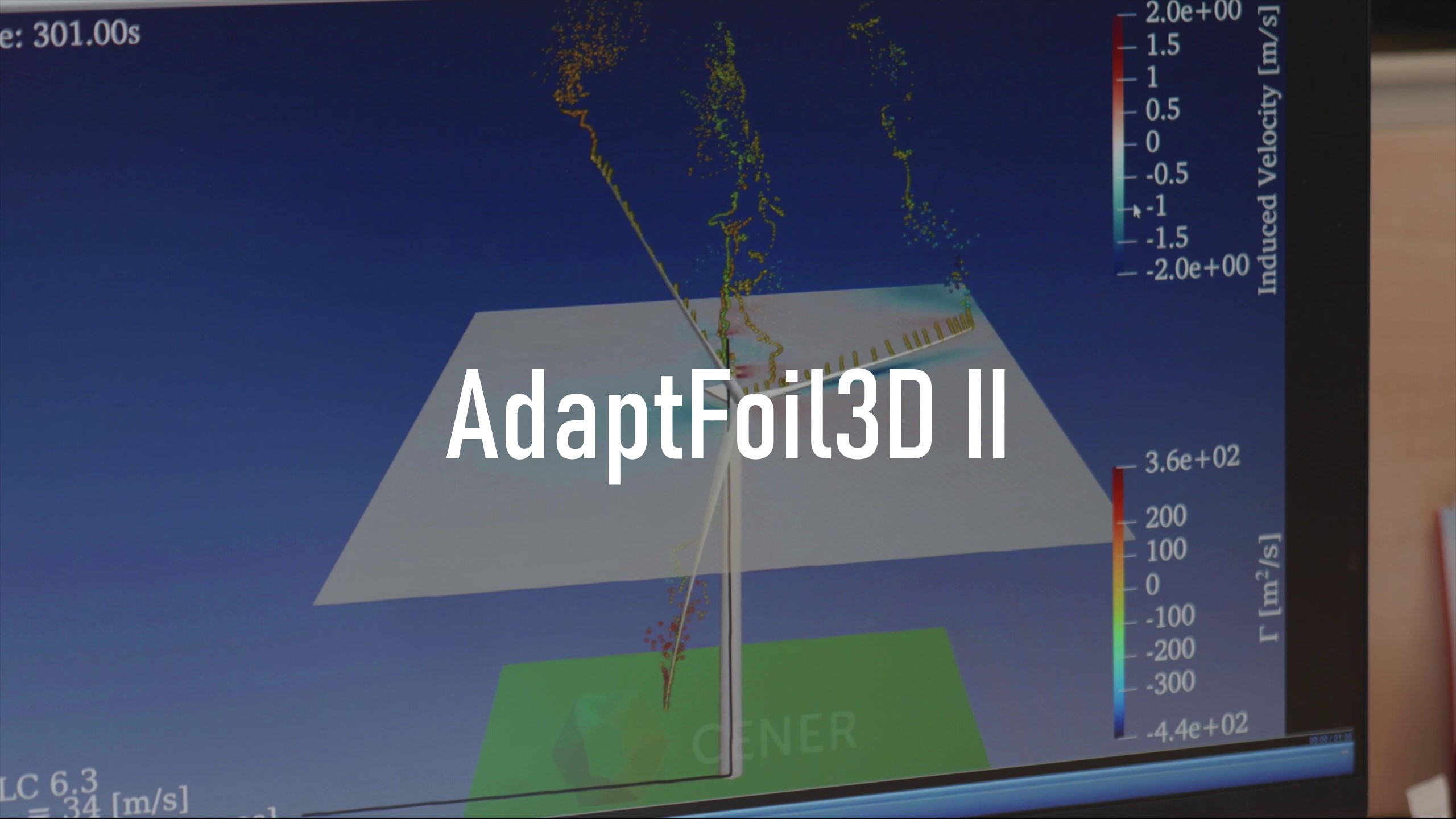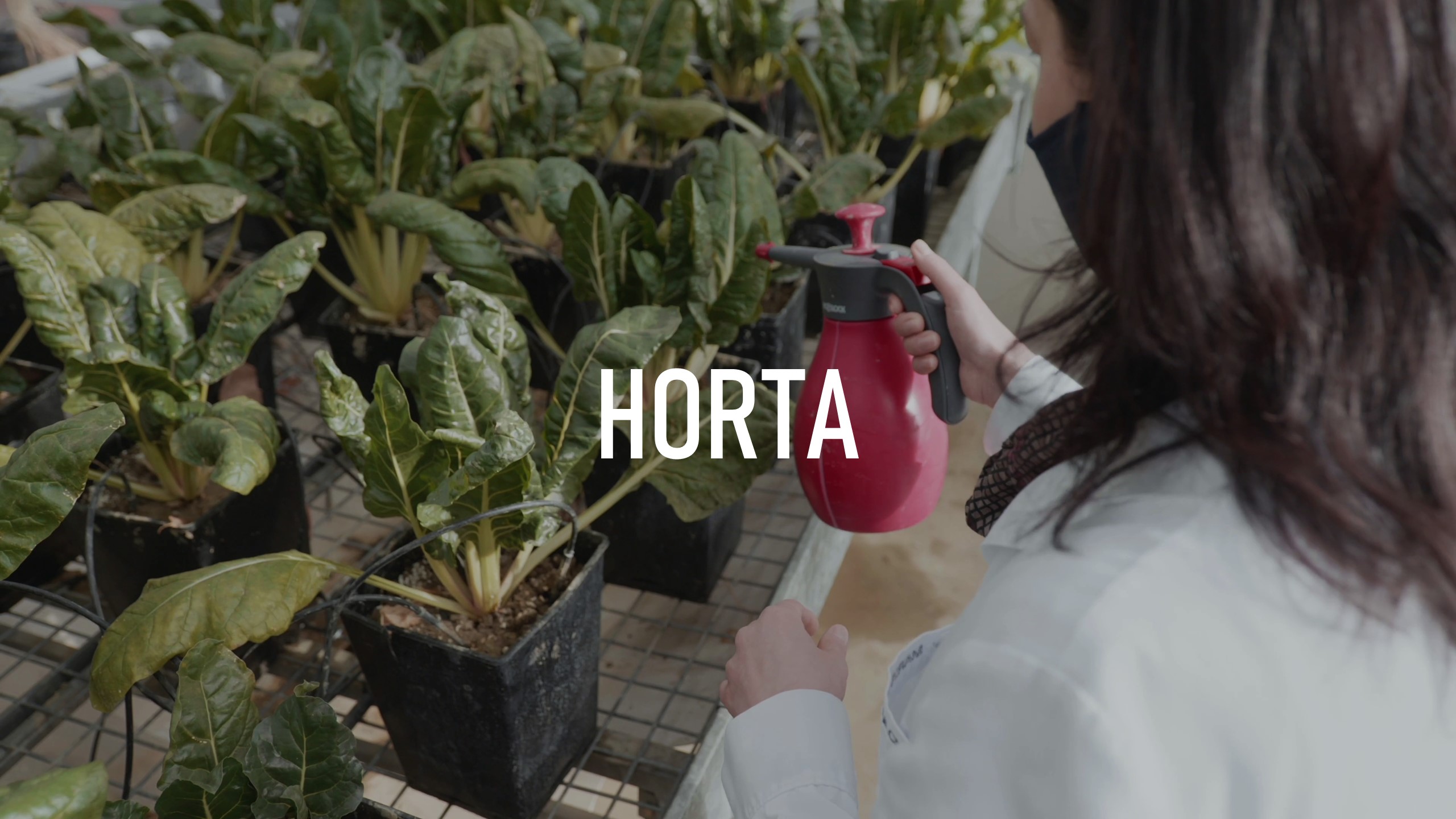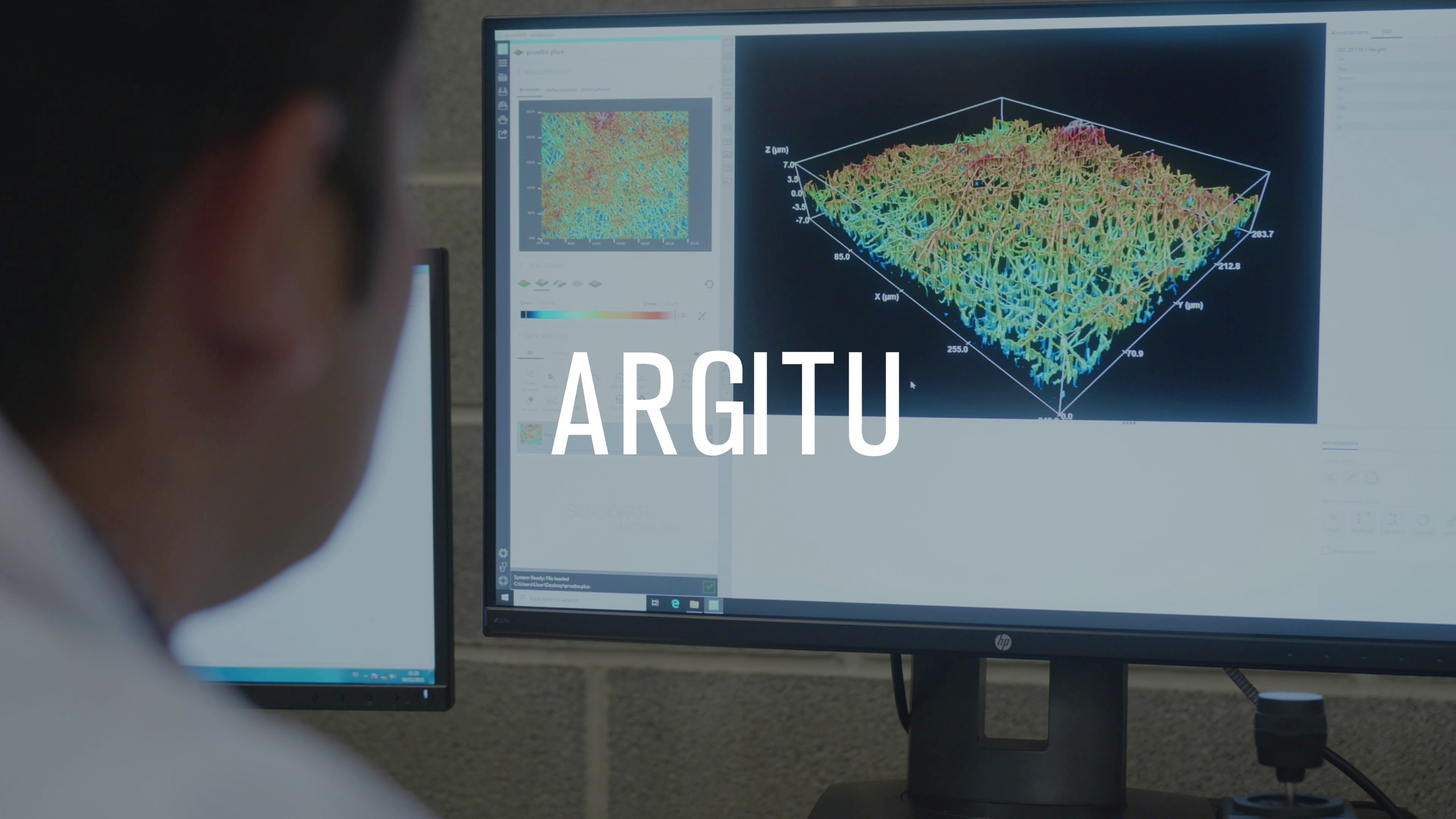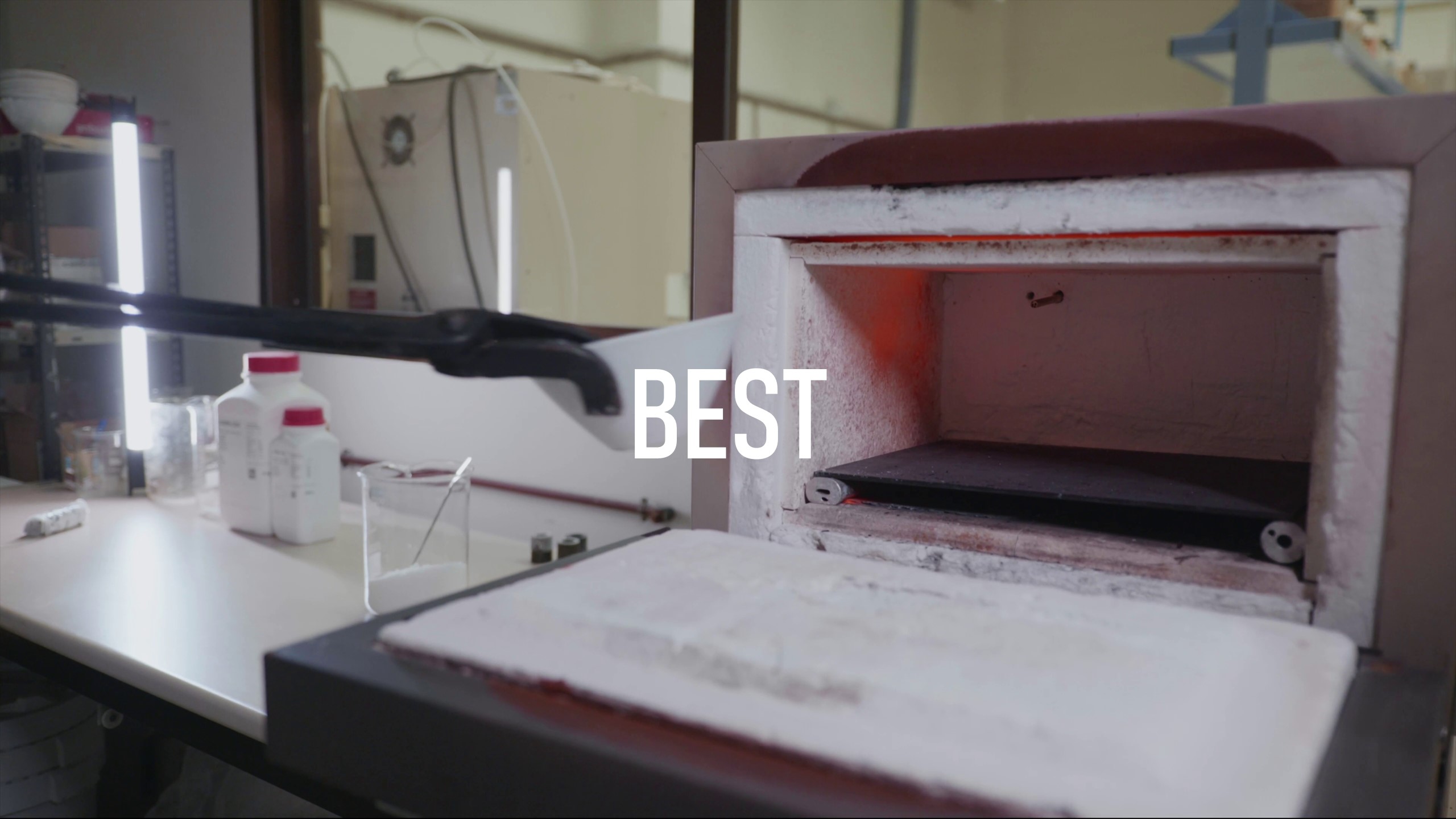ANTECEDENTS and GOALS Obesity is a global public health problem associated with multiple medical complications (e.g. diabetes, cardiovascular disease or cancer), and it leads to high public health costs. One of the key problems with obesity revolves around the consumption of portions of starch, fat and sugar that are too big, in detriment to vegetables and legumes, among other things. In response to that challenge, as part of the previous projects (PORTIONS and PORTIONS-2), our group developed and validated a new prototype portion control plate (with size marks), to educate and help people consume balanced amounts of different food groups in their diet. The prototype plate reduced servings of rice in an experimental meal, but the impact was uneven, so it needs to be optimised and evaluated in more detail before its effectiveness can be confirmed. On the other hand, transferring the concept of balanced servings to other contexts, like prepared meals, provides the chance to explore how to adapt new technologies for future applications in the food industry.
Starting from that base, the general goal of PORTIONS-3 was to optimise the design and increase the impact of portion control plates and related components to improve their effectiveness against obesity. In collaboration with the National Centre for Food Technology (Centro Nacional de Tecnología Alimentaria, CNTA), adapting technological strategies for future industrial applications was also explored, in particular, recipes and packaging for prepared meals and advanced nutritional analysis techniques.
RESULTS In the first phase of the project, an exhaustive review of the literature about instruments for portion control and their effectiveness for weight control already on the market was done. Subsequently, a qualitative study was done to explore the experience of potential users of those instruments and gain knowledge that would make it possible to optimise their design and increase their impact on the public. The main findings of this phase of the project were:
- Portion control places are the instruments with the most evidence for being able to control body weight, while the evidence for the effect of bowls, glasses and cutlery was not as strong. In particular, there are not enough studies with portion control cutlery.
- Users identified the instruments with the highest potential as ones that are attractive, practical and functional, that have clear and intuitive instructions, and that are versatile and easy to clean.
- The highest rated existing commercial instruments were an olive oil dispenser and a set of portion controlled serving spoons, alongside a guide. A portion controlled dish and a plastic food storage container were also rated as the best complementary instruments.
Based on those results, in the second phase of the project a list was made of instruments to be created for the Spanish population, because the commercial ones did not meet all the requirements, except the olive oil dispenser, which was acceptable. Consequently, it was decided to fabricate a set of spoons for serving food that is cooked or ready for consumption, a measuring bowl for raw portions and a compartmented plastic food container according to the pertinent specifications. Alongside the portion controlled olive oil dispenser, the set of instruments was evaluated in a controlled laboratory test with 40 healthy volunteers who were overweight/obese. As of now, 18 of the 40 have completed the test and rest are in progress. The preliminary results showed that:
- The spoon prototype, in combination with the olive oil dispenser, helped the volunteers serve themselves 90 kcal less (equivalent to three Tostadas biscuits) than when they served themselves the same meal with ordinary utensils. They also served themselves less starch e.g. pasta (-18 g), protein (-30 g), olive oil (-4 g) and more salad (+42 g), improving the nutritional profile of the meal.
- Those changes did not have an impact on the feelings of hunger and fullness two hours after eating, although it would be necessary to prove there was no compensation with snacks or dinner.
- Regardless of the instrument used, the participants tended to overestimate the amounts of vegetables served and consumed and underestimate the amount of carbohydrates.
- Despite showing knowledge of what a meal with balanced portions of protein, carbohydrates and fruit/vegetables is, with the ordinary instruments the volunteers served themselves too much starch and proteins and not enough salad, in comparison with current recommendations.
In the third phase of the project, the CNTA worked on two main activities.
- Two prepared meals were developed simulating industrial conditions and taking the nutritional requirements and portions established in the previous phases into account. The first dish was rice with vegetables and chicken meatballs with tomato, and the second one was a vegan meal based on quinoa with vegetables and seitan in sauce. The products had satisfactory results on a nutritional, sensory and microbiological level and they behaved suitably during their useful life.
- The technique of hyperspectral imaging (HSI) was explored in order to determine whether it is possible to estimate nutritional parameters using a non-destructive technique for food, like obtaining a spectrum with HSI combined with artificial intelligence (AI). To do that, the results obtained from accredited nutritional analyses were compared with the ones obtained from the combination of HSI and AI. It was observed that there were only small differences between the two techniques, which are compensated for by the enormous benefit that, in contrast to conventional techniques, HSI preserves the sample. It was concluded that it is feasible to estimate parameters like protein content, total fat and energy value using HSI with complex recipes along with previously calibrated predictive algorithms.
SCOPE With this project it was possible to develop and validate two recipes for prepared meals and a set of diet utensils that can help overweight or obese people eat in a healthier and more balanced way with relatively little effort and in an affordable way. These results are the basis for the subsequent PORTIONS-4 project, which will research strategies for helping people change their eating habits over time, and it will explore new technologies for treating obesity. This project has also opened up opportunities for using advanced non-destructive nutritional analysis techniques for complex recipes, which is a field that has been under-explored until now.



